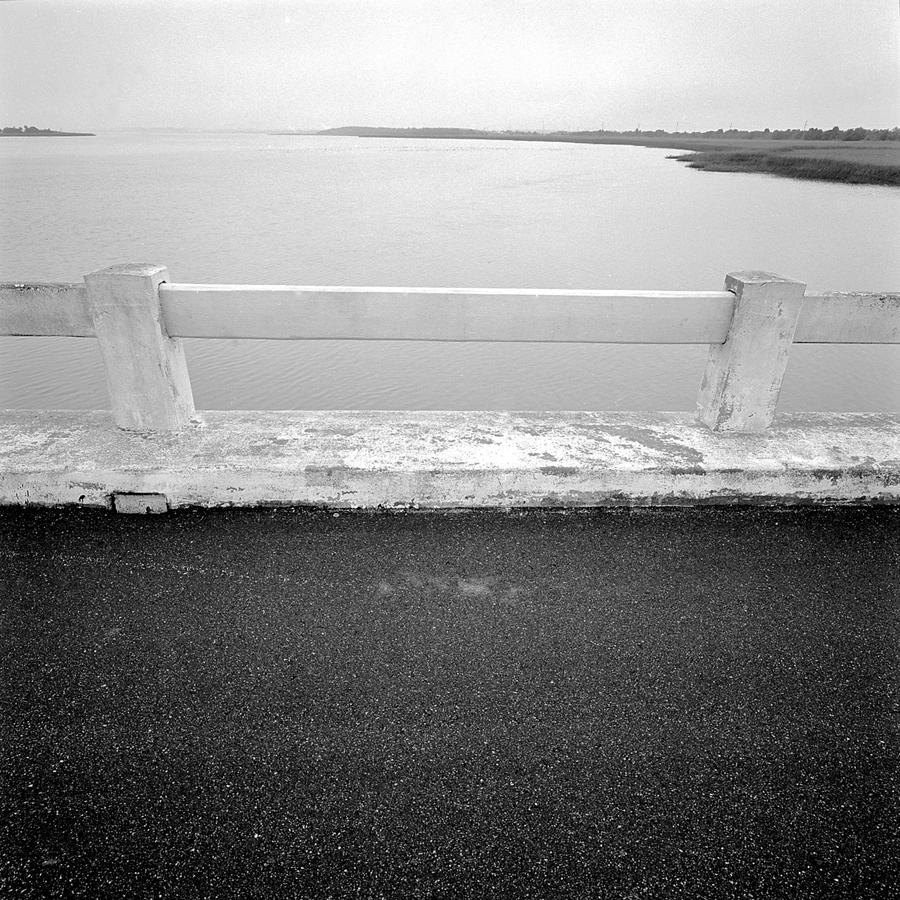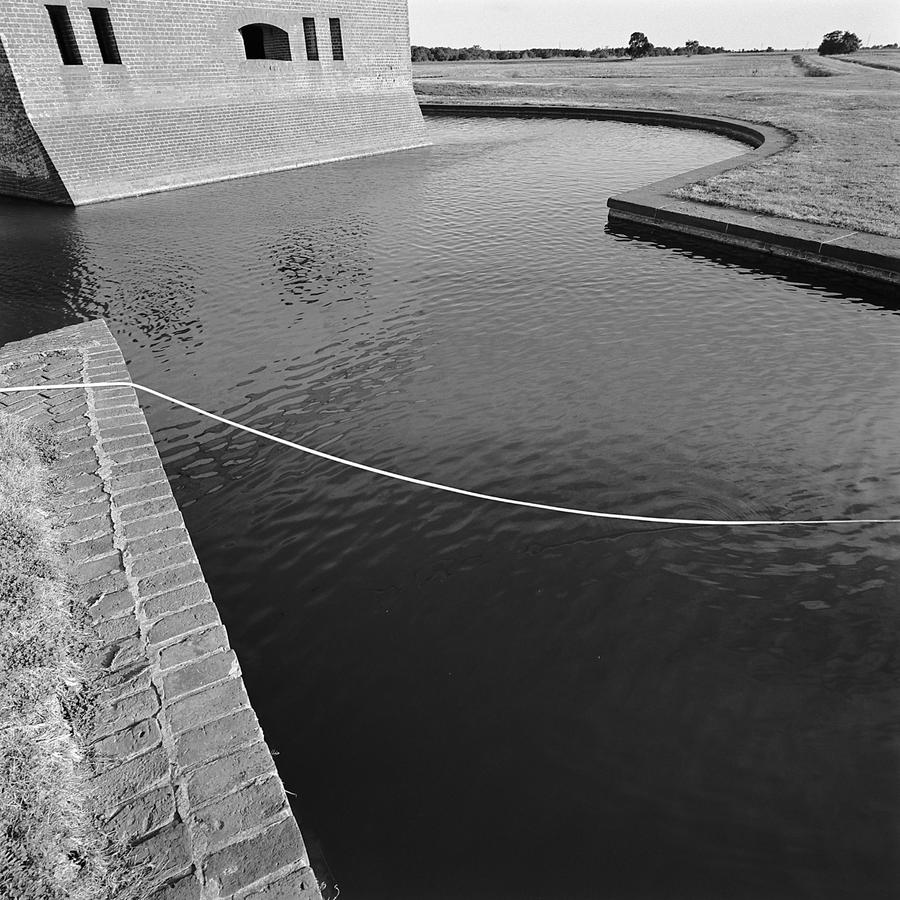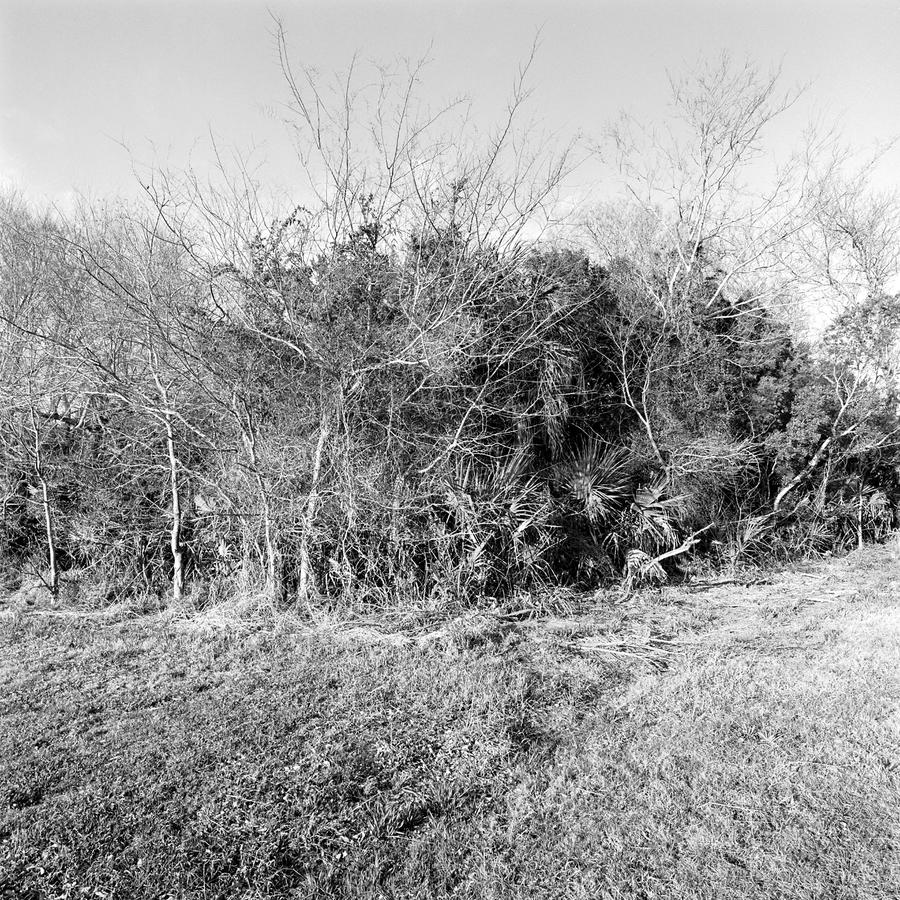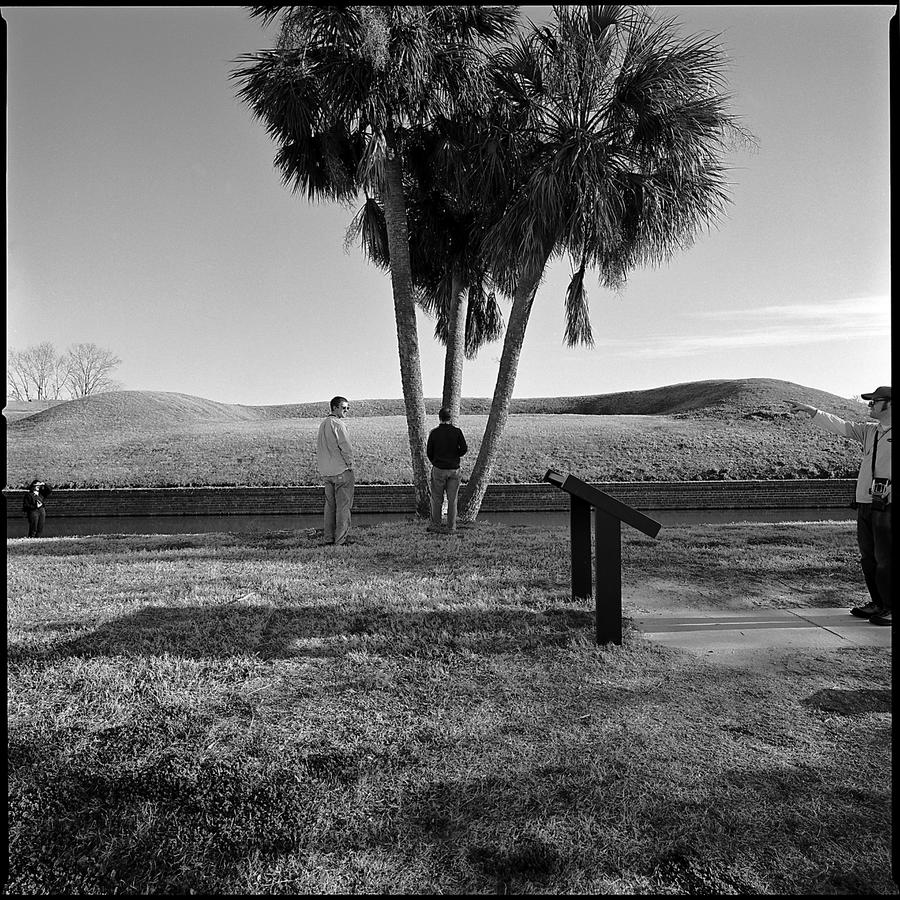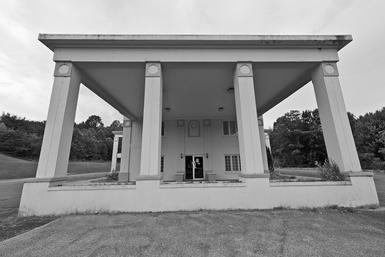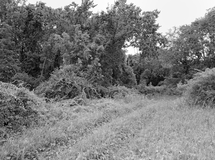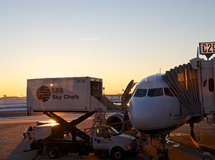Incredible. 48 years! You hear old folks saying all the time: "Where'd all the years go?" but seriously, where did all the years go?
As a grad student at the RI School of Design, where I graduated in the spring of 1973, I was meant to produce two copies of my thesis, one for the school's library and one for the Photography Department. Some did, others didn't.
I did.
My thesis was photographs I made in auto junkyards.
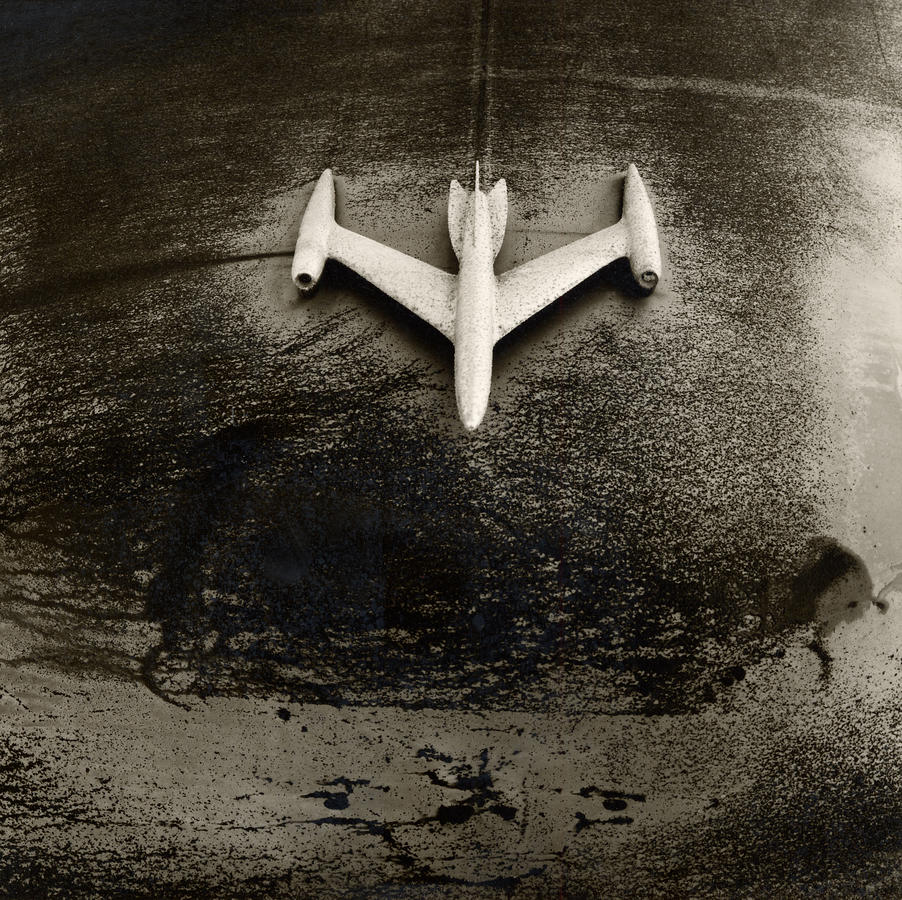
Did I have it in my head that I was making these pictures to speak to issues of our wasteful society, of consumerism run amok, or of protecting our environment? I did not. I liked the forms and shapes of the wrecked cars and trucks, the shiny chrome, the rusted panels. In our class, critiquing this work as I made it, no one brought up any of the above issues. The politics of the work was not apparent for this was a far more innocent time. We were demonstrating against the war in Vietnam but not against the lack of awareness in our work.
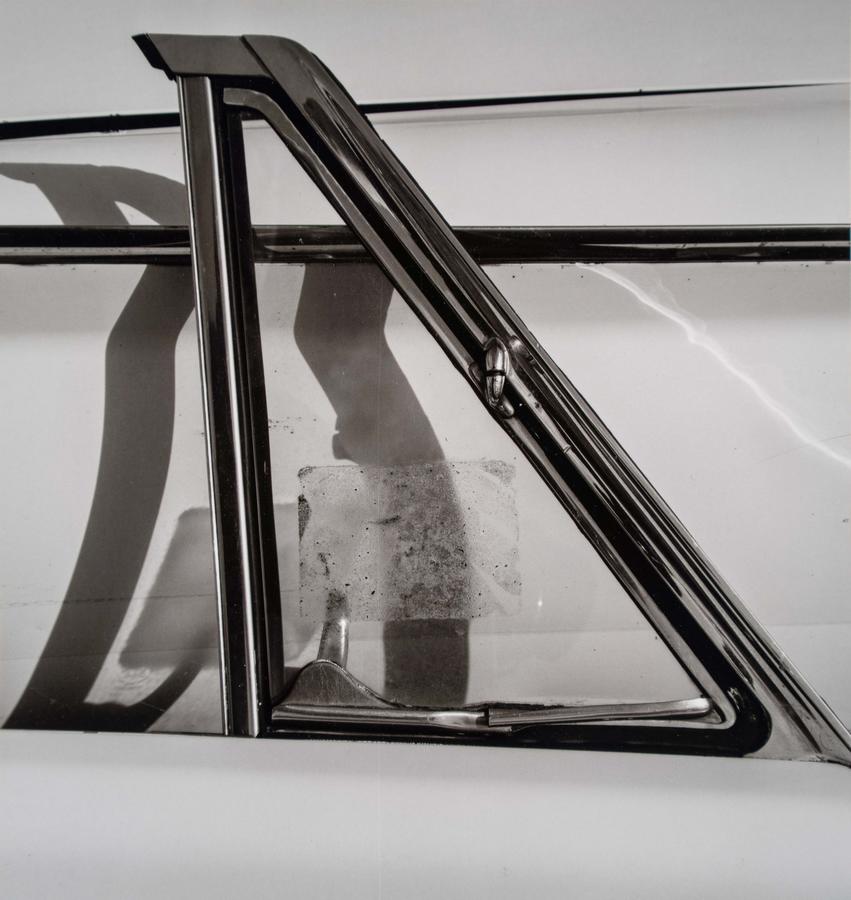
Photographs were made then for their aesthetic, perhaps technique was discussed, or print size, the paper they were printed on or our use of the camera. The mechanics of photography was a much bigger deal then for good craft was harder. It took skill to make a great print.
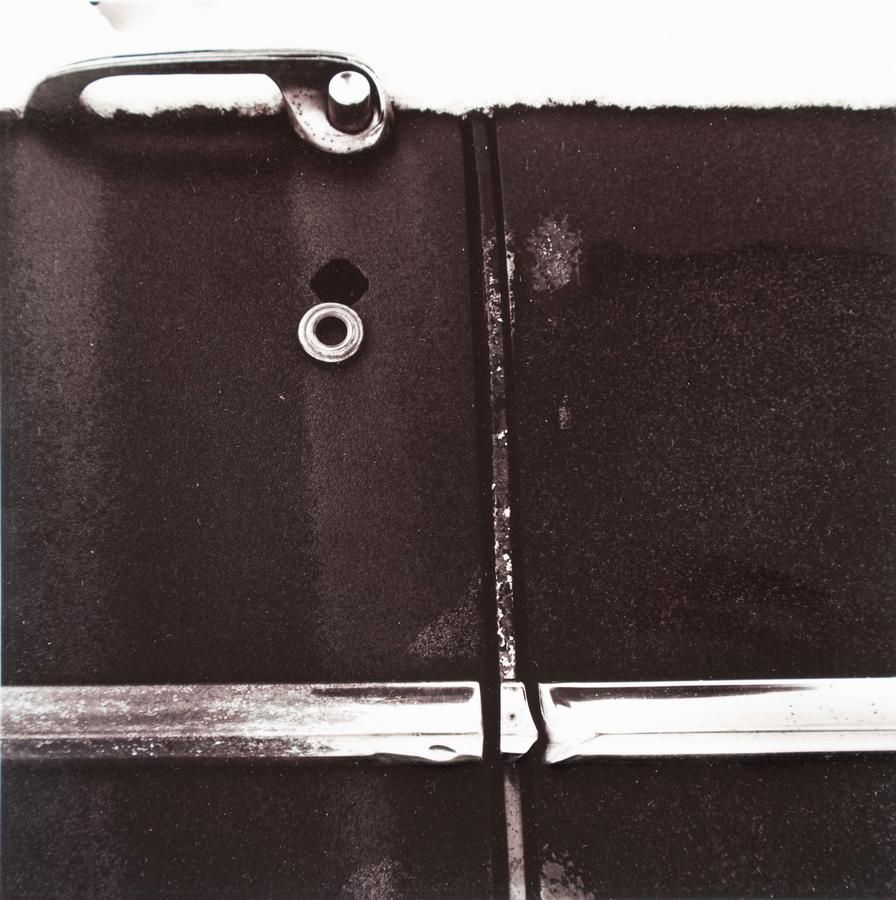
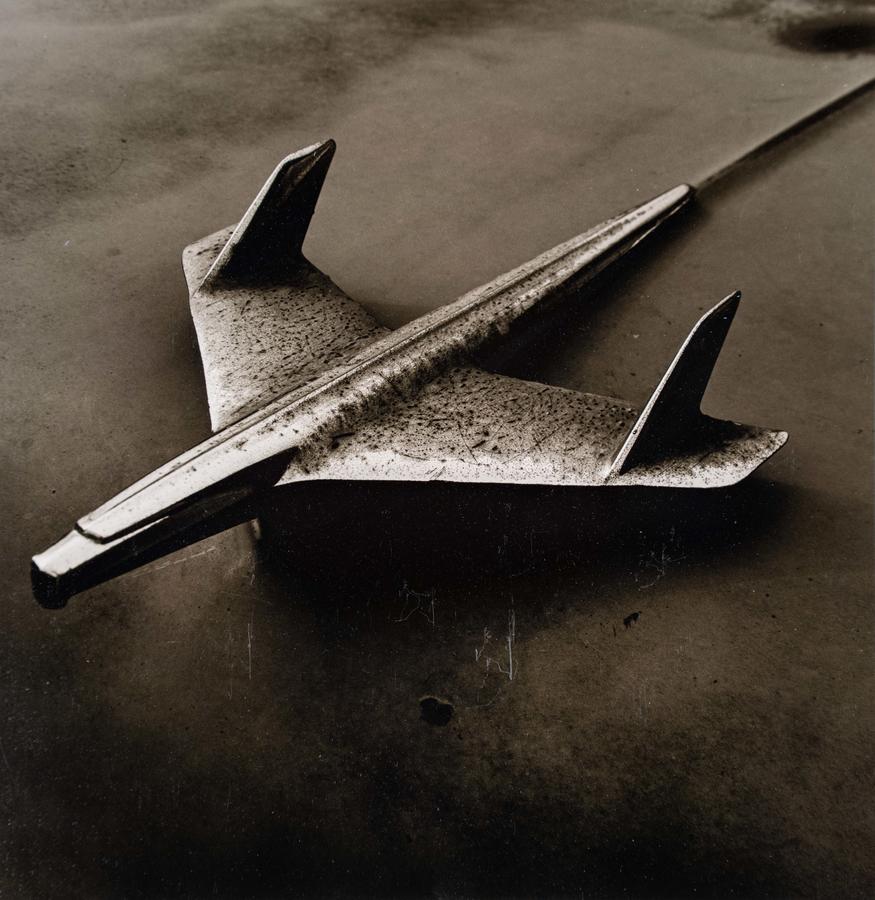
But where does 48 years come in?
Last week while out visiting my high school (Darrow School, New Lebanon, NY) I went back to Adler's Antique Auto in Stephentown to photograph in much the same way I did in 1973 in Rhode Island, 48 years ago.
The same but hugely different too. Then: the Rollei SL66 21/4 camera on a tripod with the 80mm Carl Zeiss f2.8 Planar lens and Kodak Plus X film. (I still have this camera) Now: the Sony A7R MK lV camera hand held with the 70-200mm f2.8 G-Master lens.
Then: black and white, printed by me in my basement darkroom on Agfa Portriga Rapid 11 x 14 inch paper.
Now: color, printed by me in my studio using the Epson P9000 inkjet printer with Red River Polar Matte 17 x 25 inch paper.
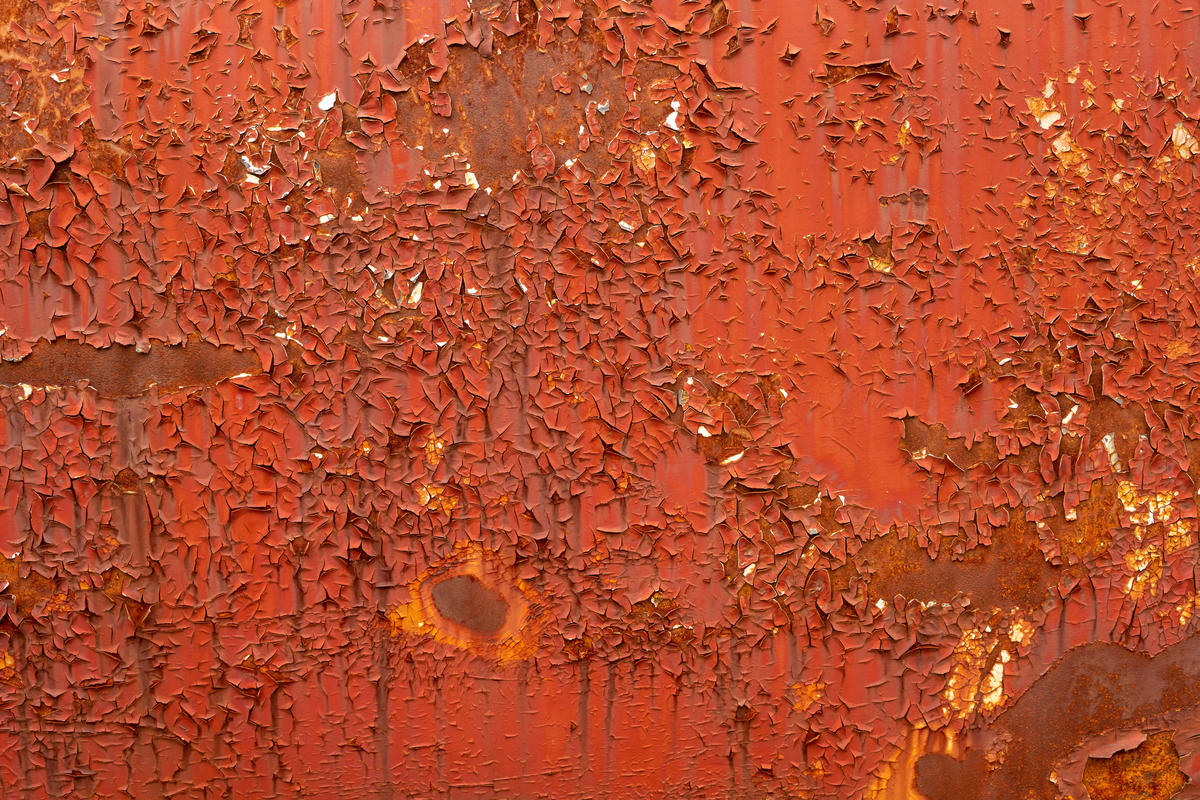
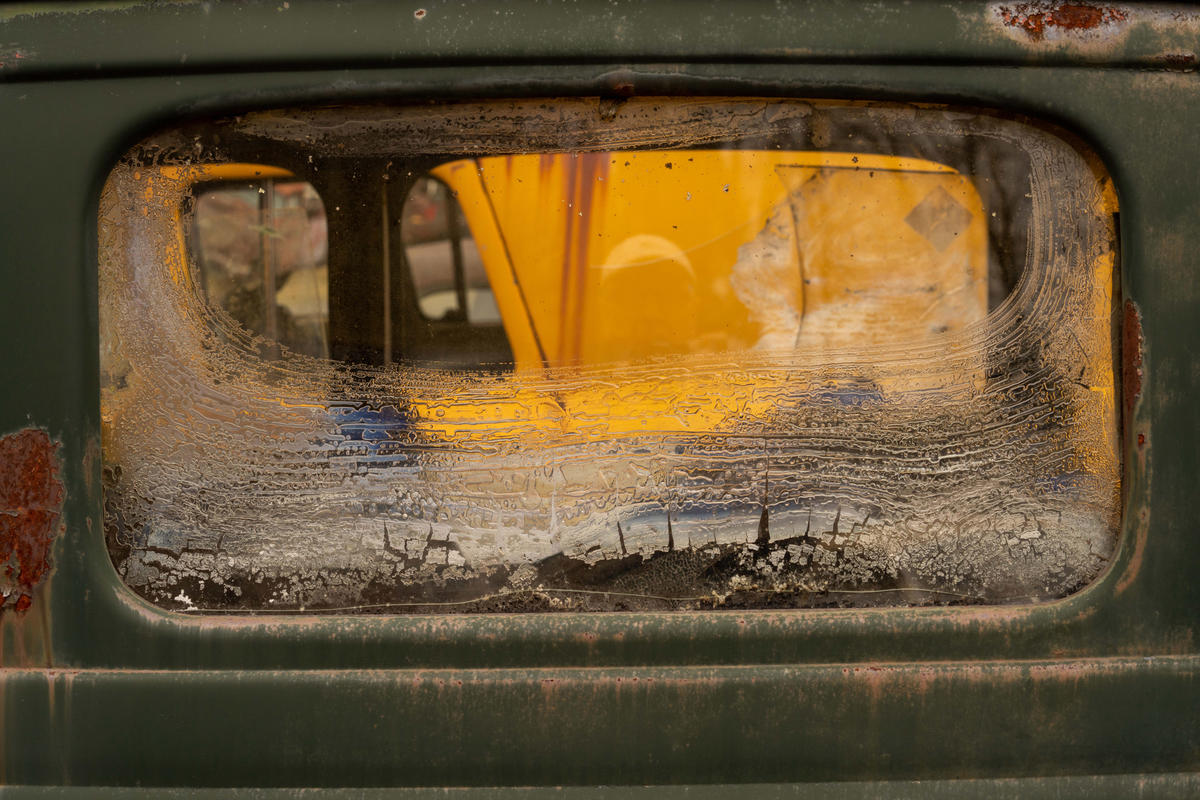
Of course, this wasn't the same junkyard as in 1973, but over the years I had photographed at Adler's a few times, most notably with the 8 x 10 camera, for Adler's is quite special, a tribute to rust with its emphasis on 40s and 50s cars and trucks.
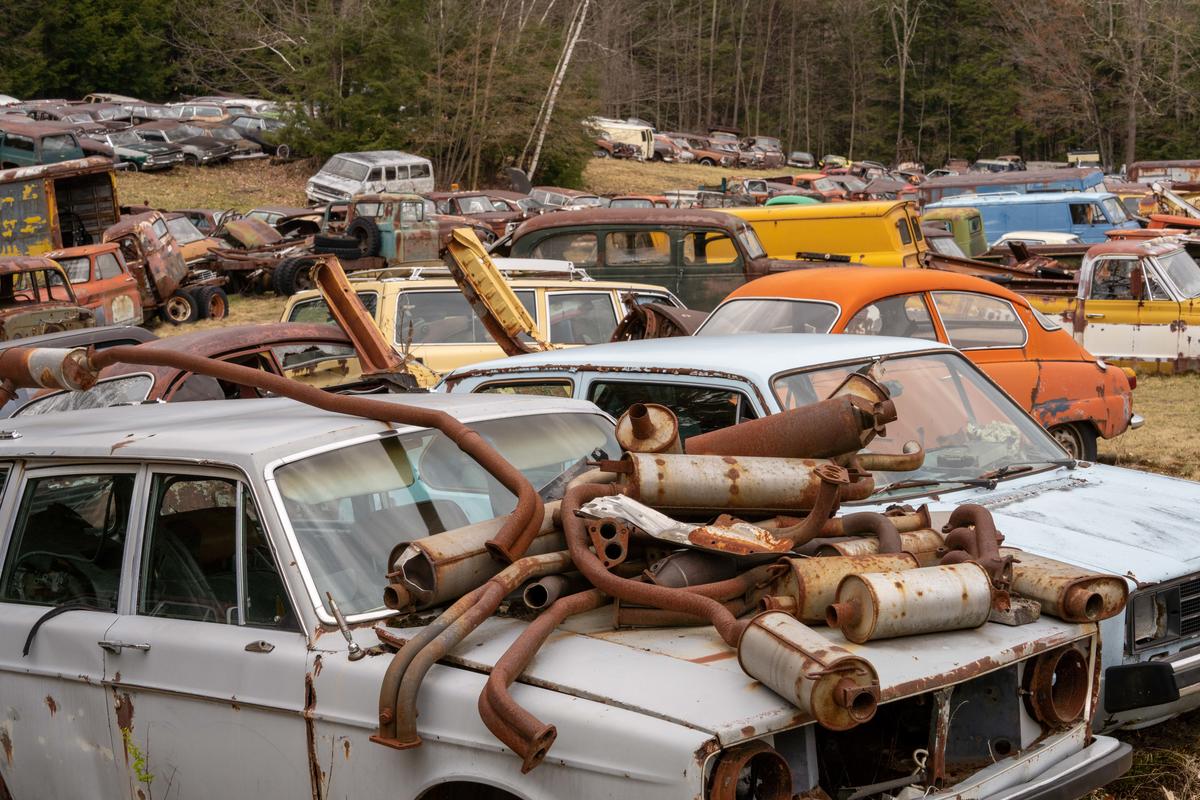 Adler's Antique Auto, Stephentown, NY
Adler's Antique Auto, Stephentown, NY
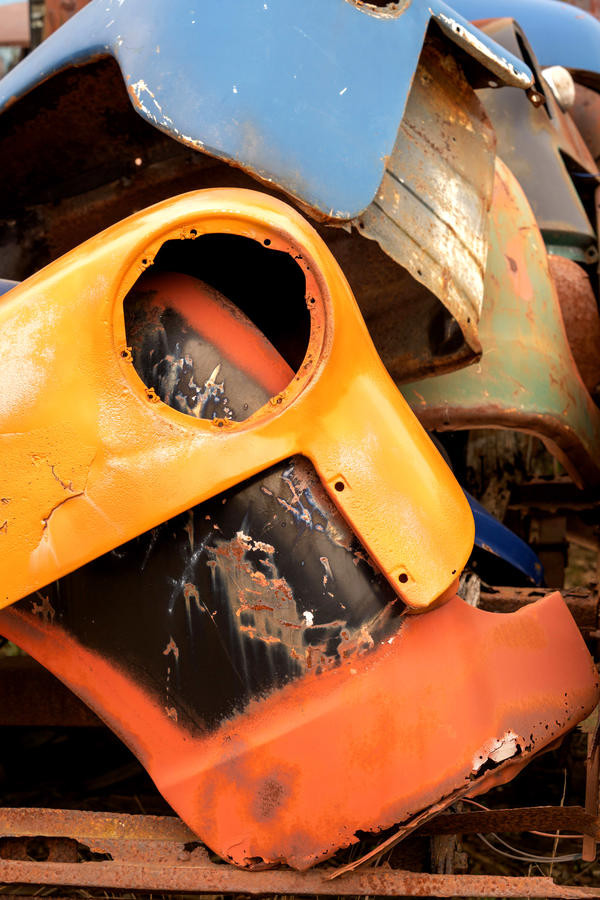
Like going back in time, photographing in an auto junkyard again after 48 freaking years!
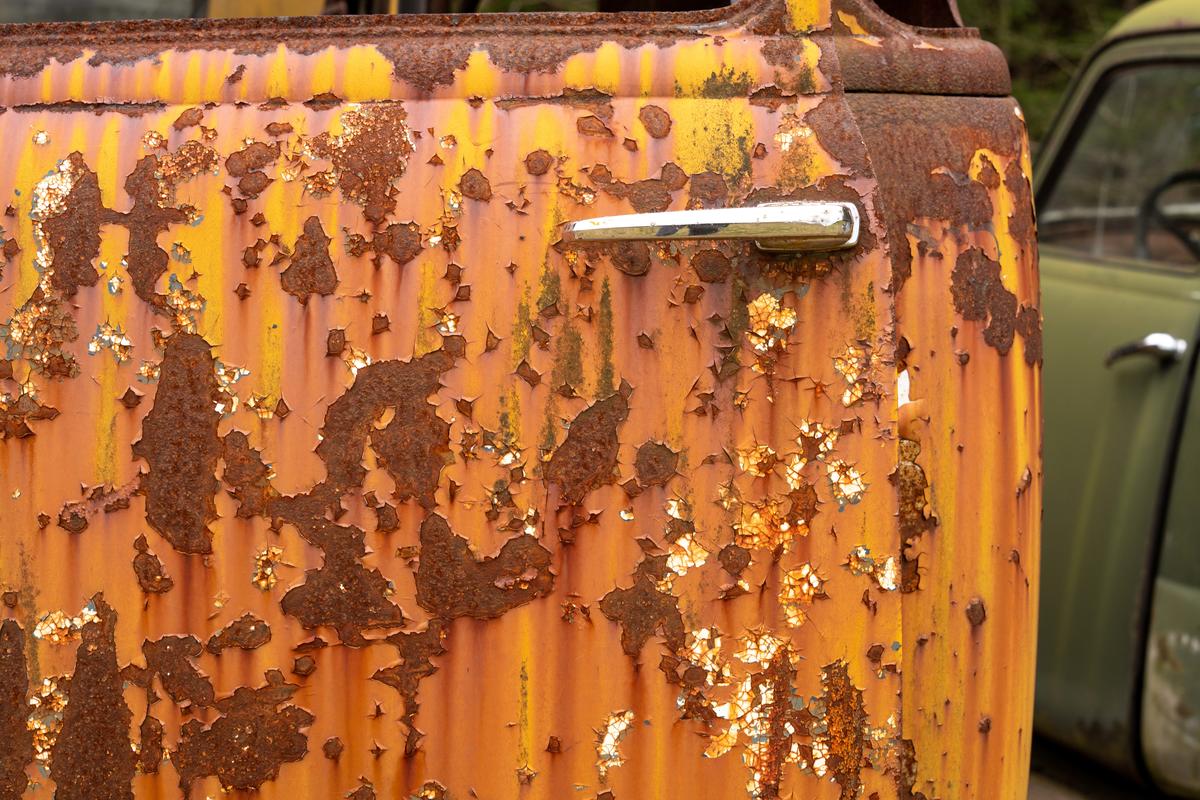
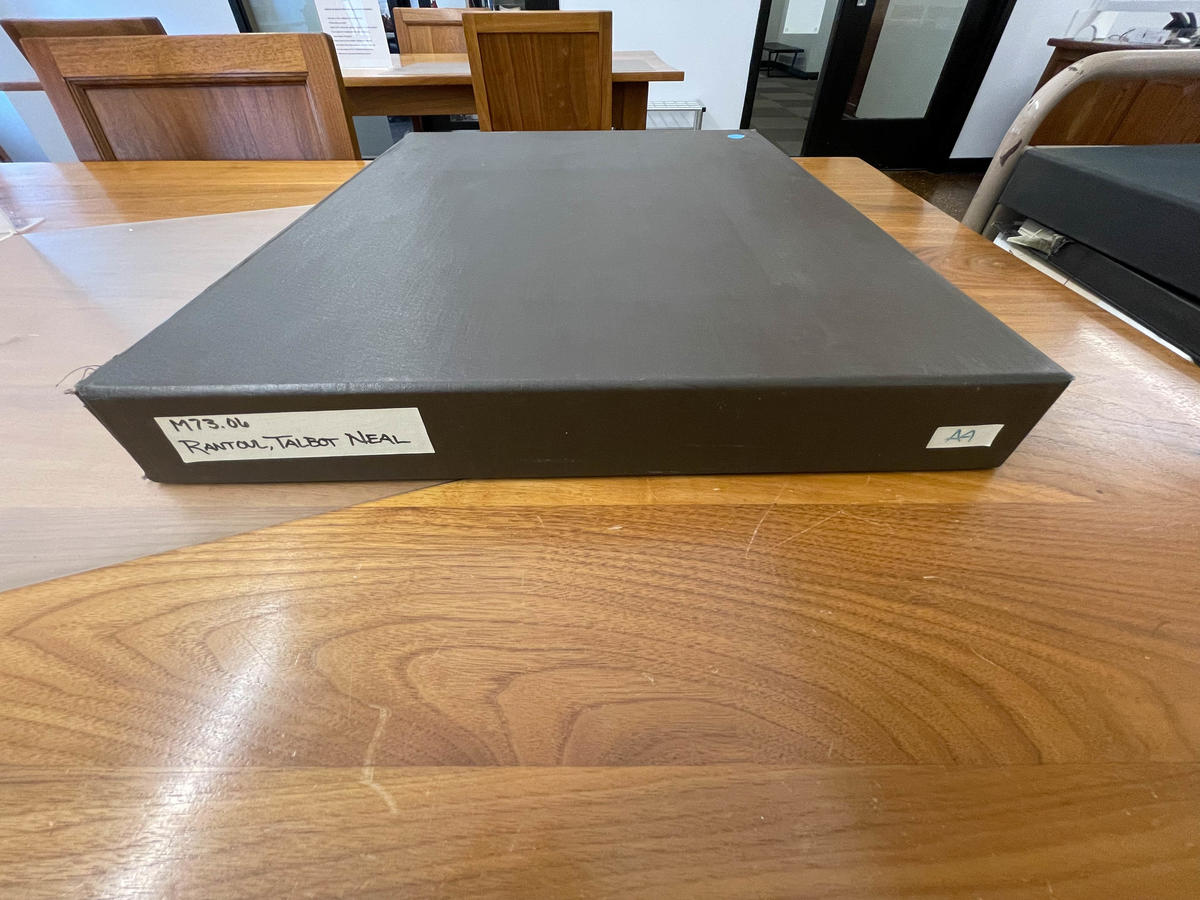

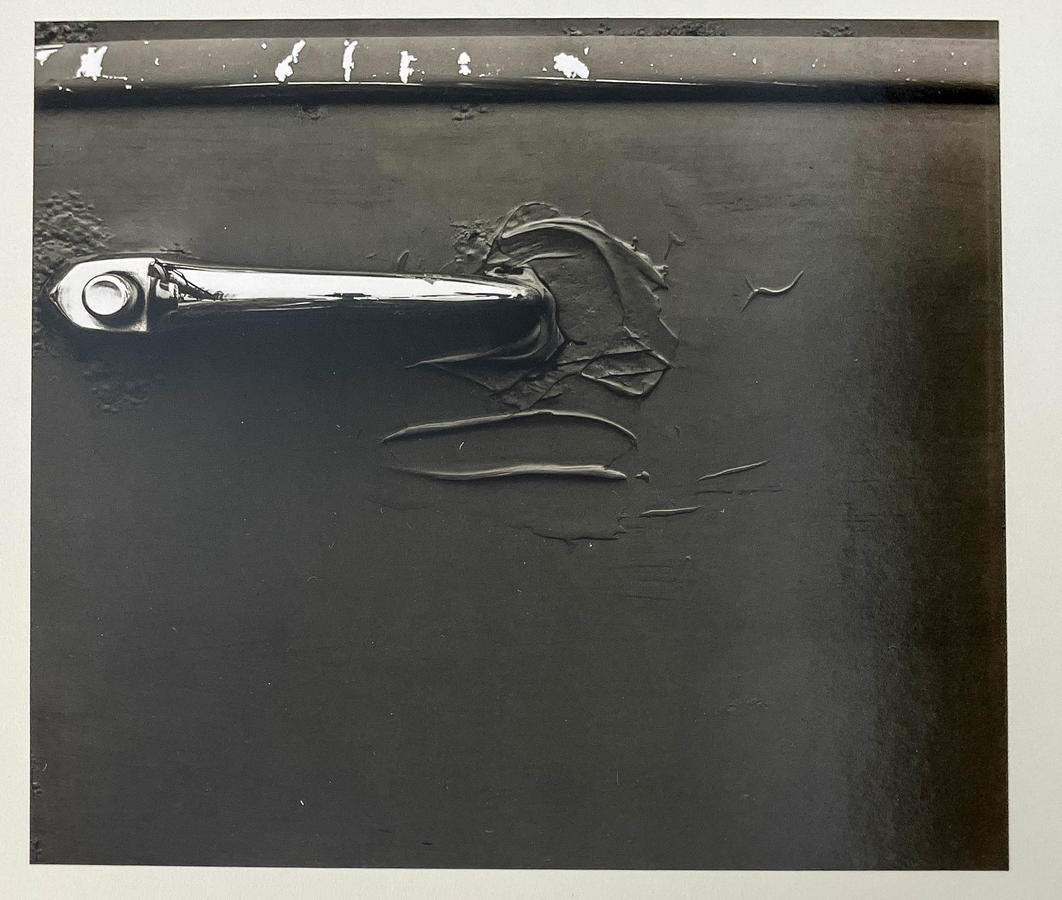
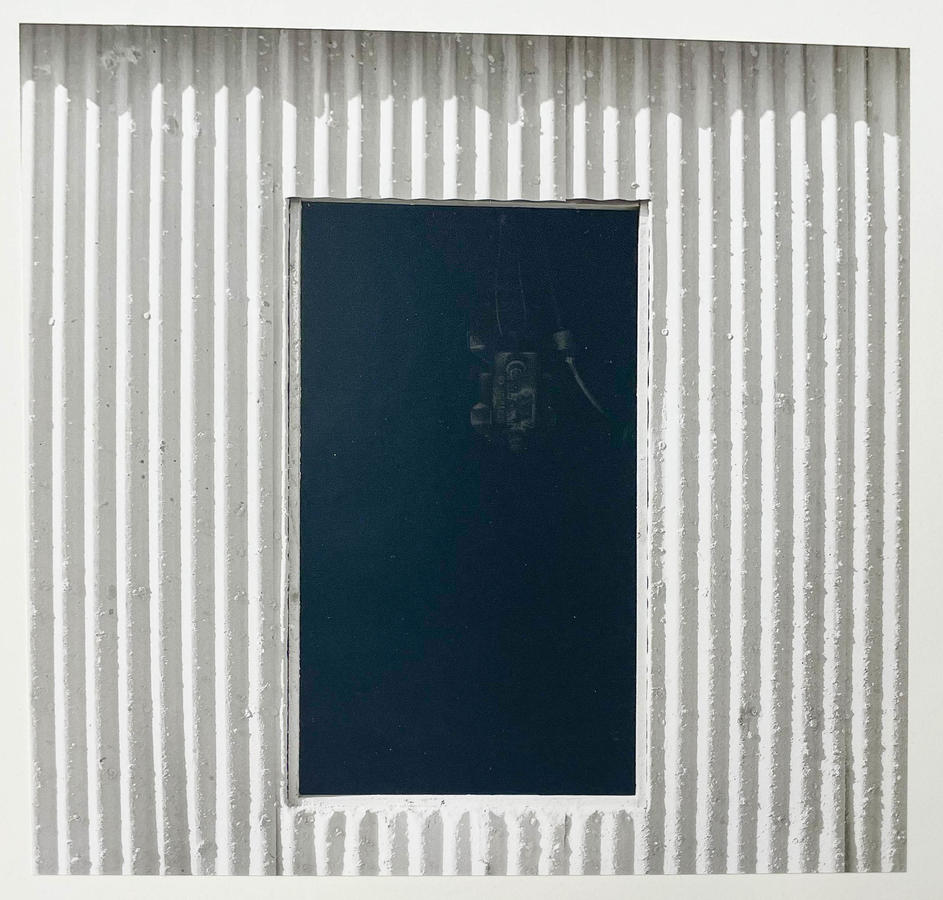
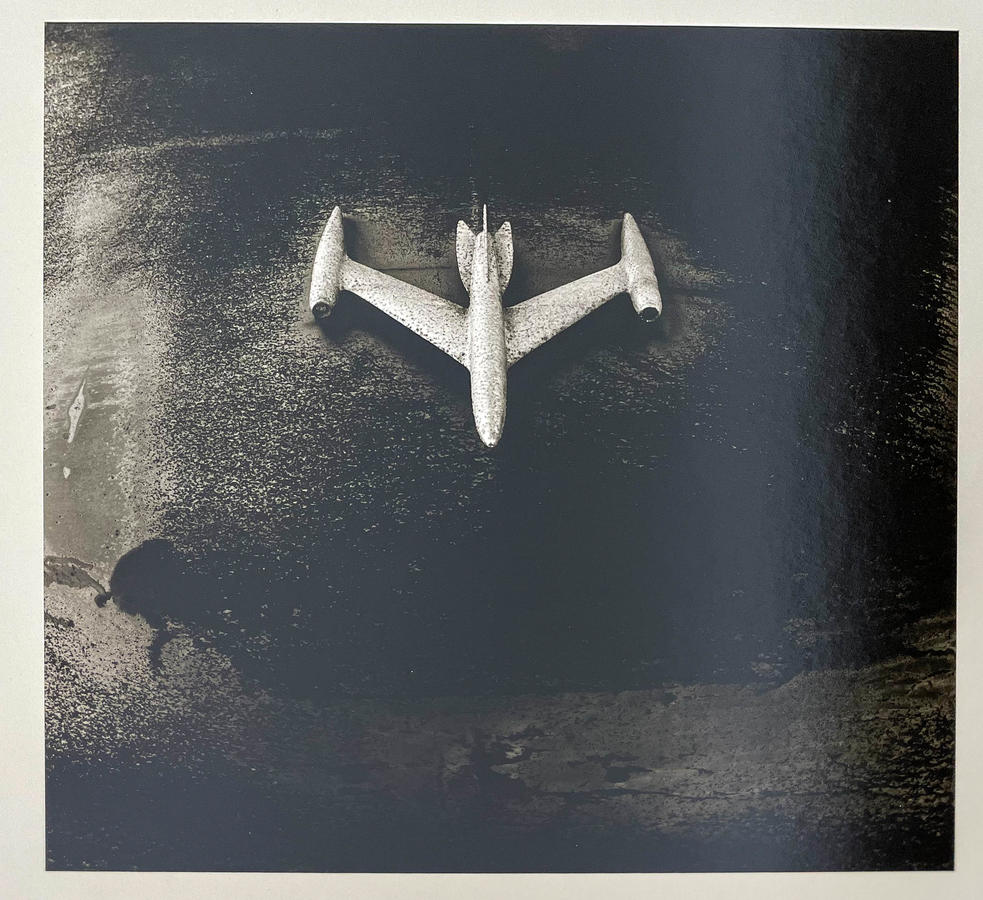
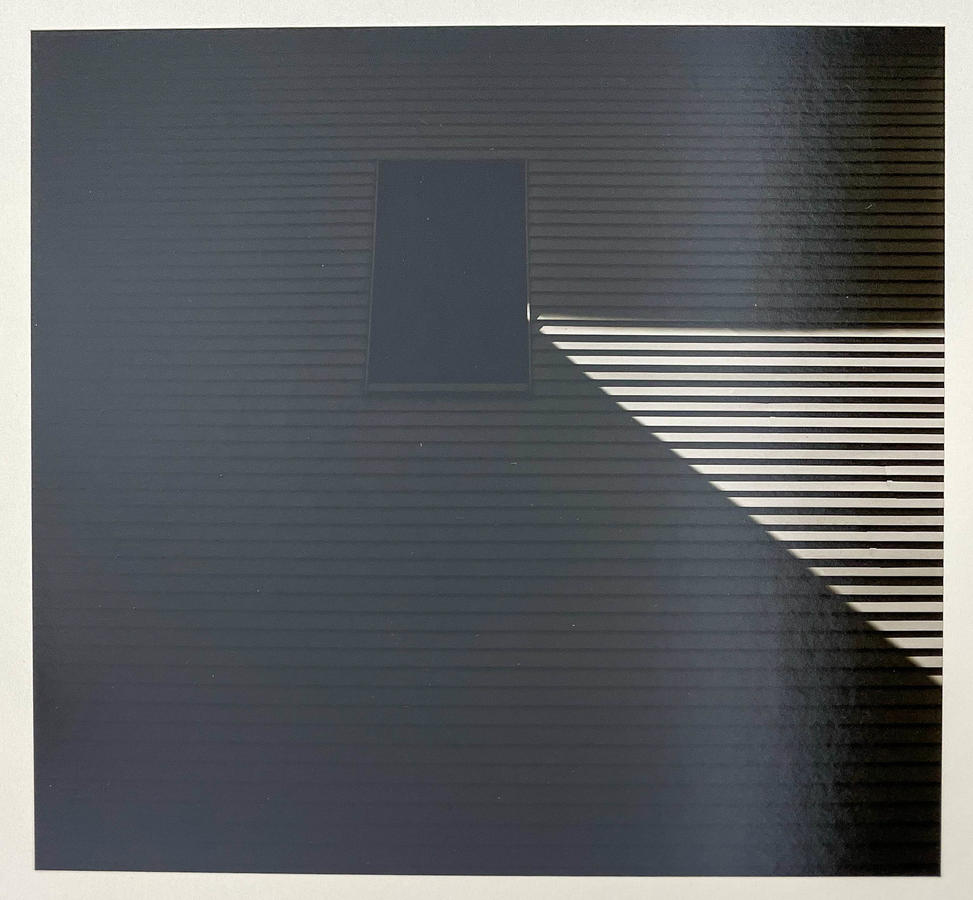
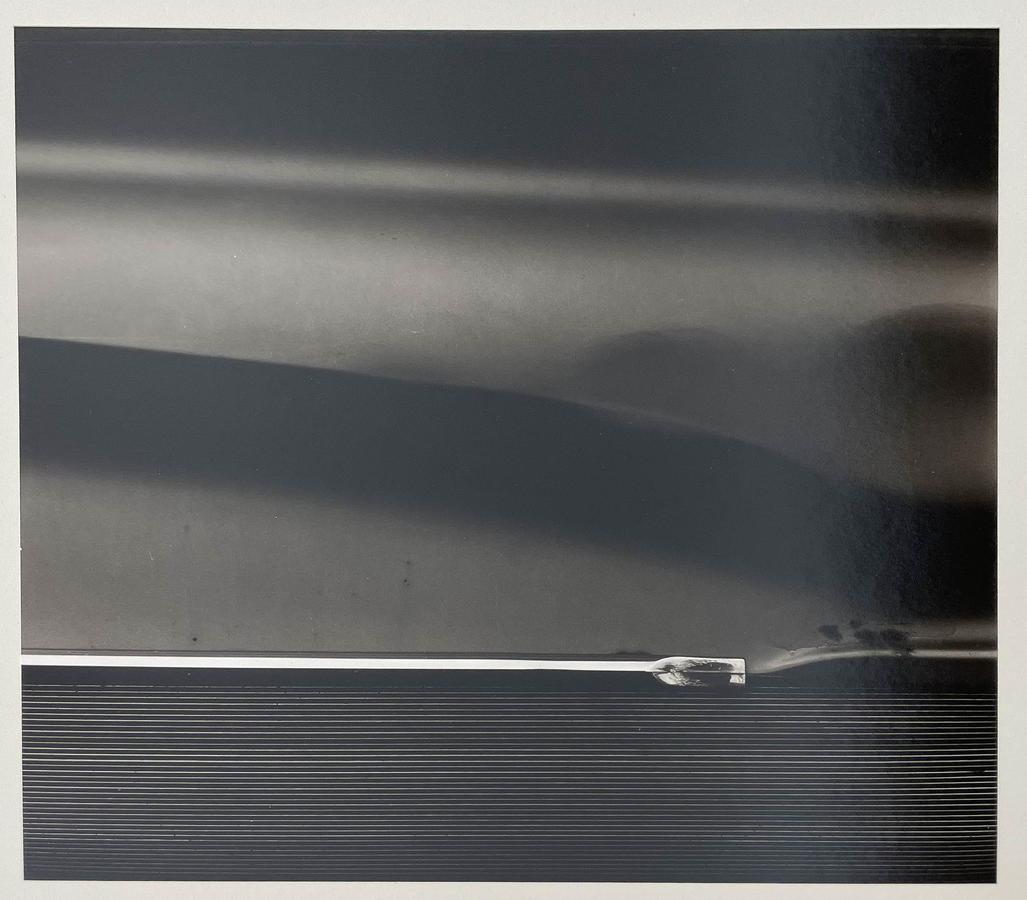
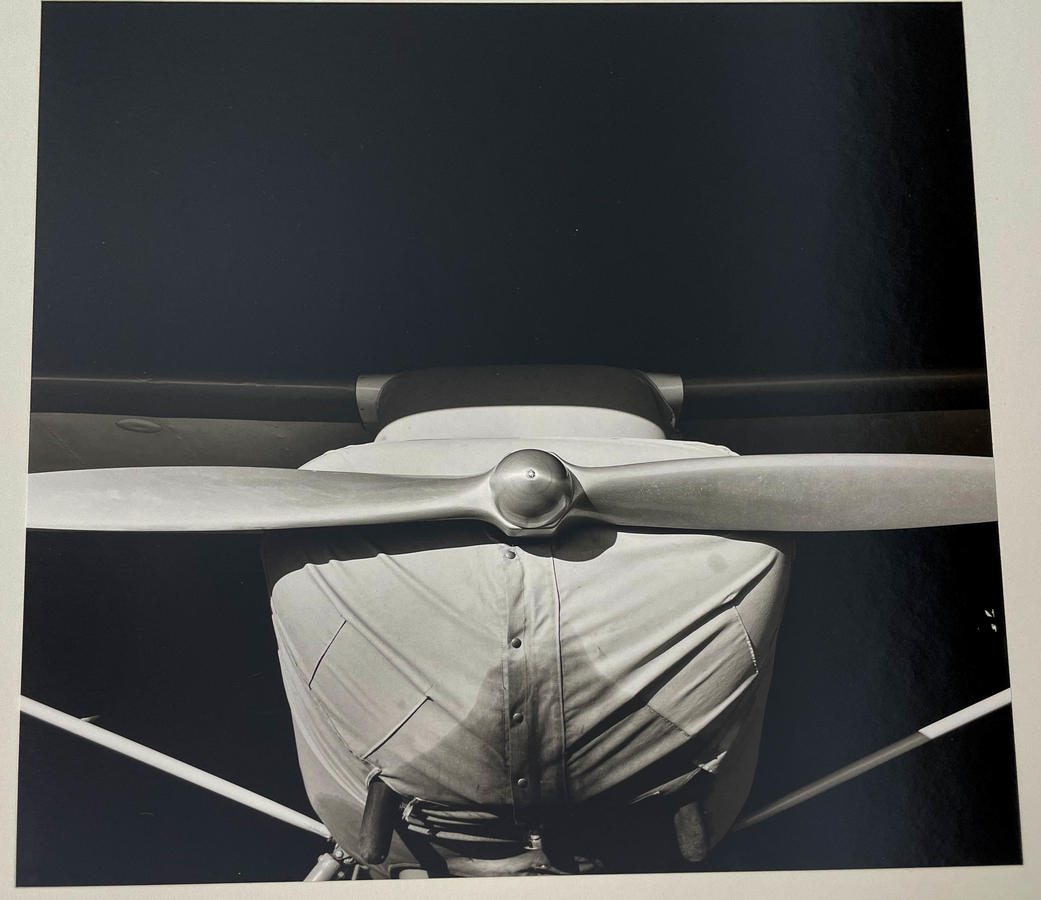
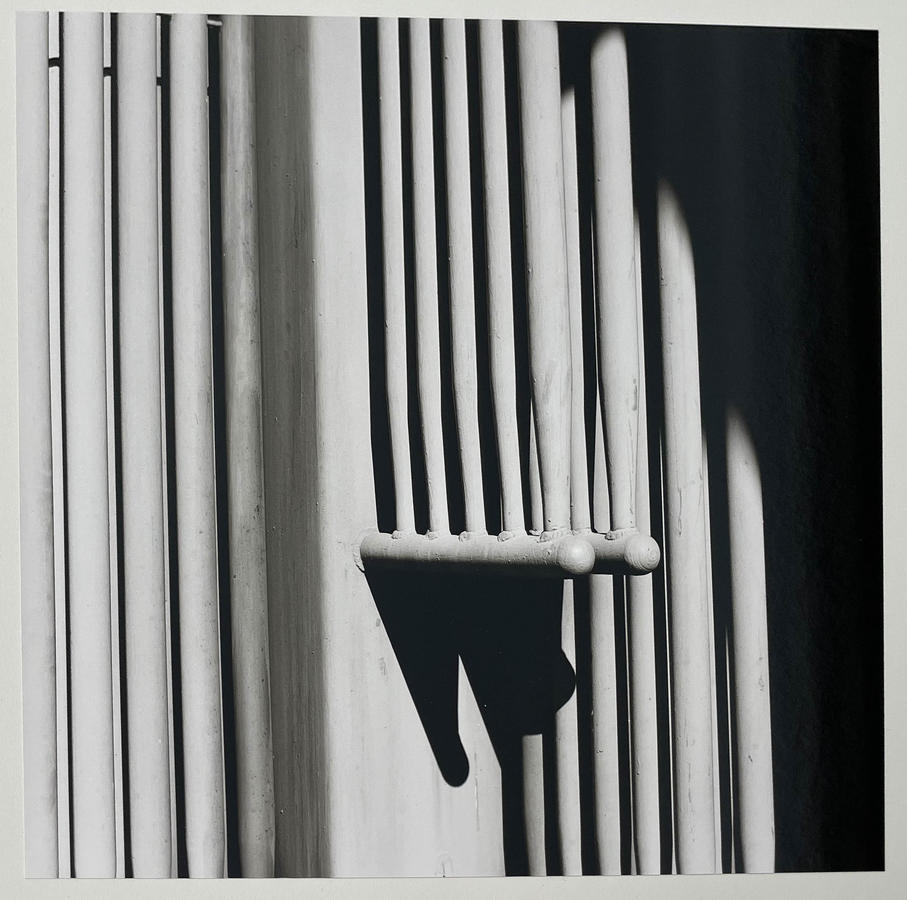
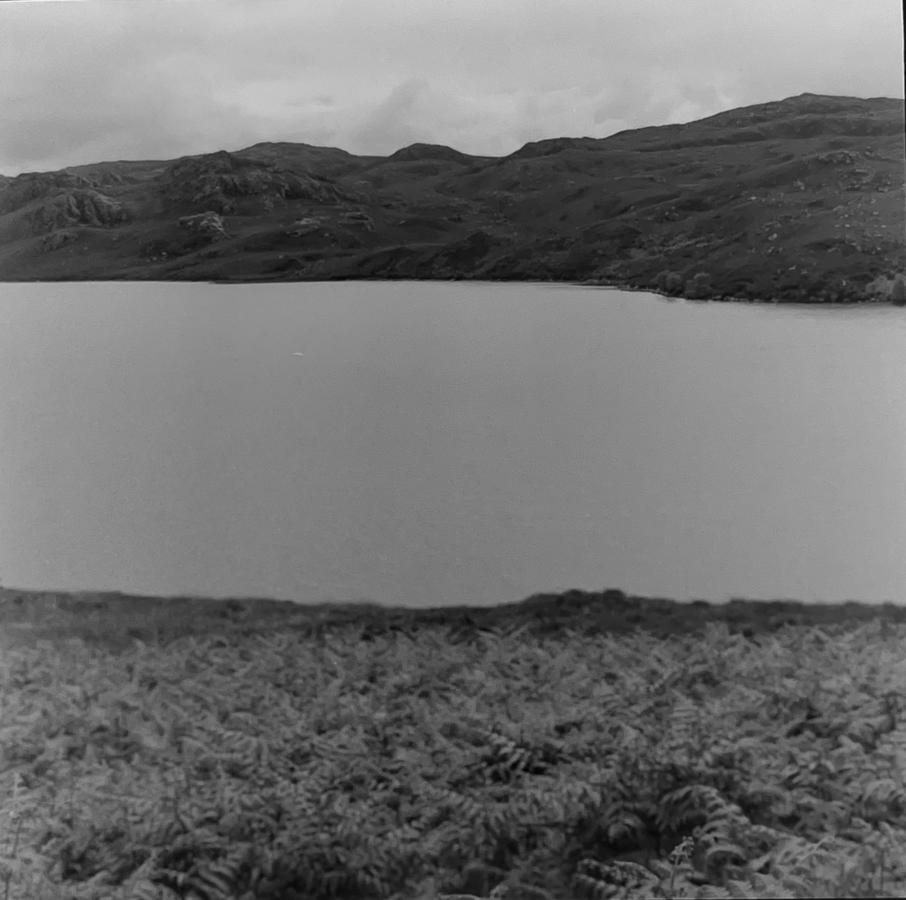
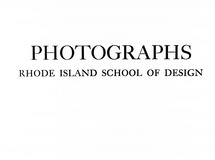
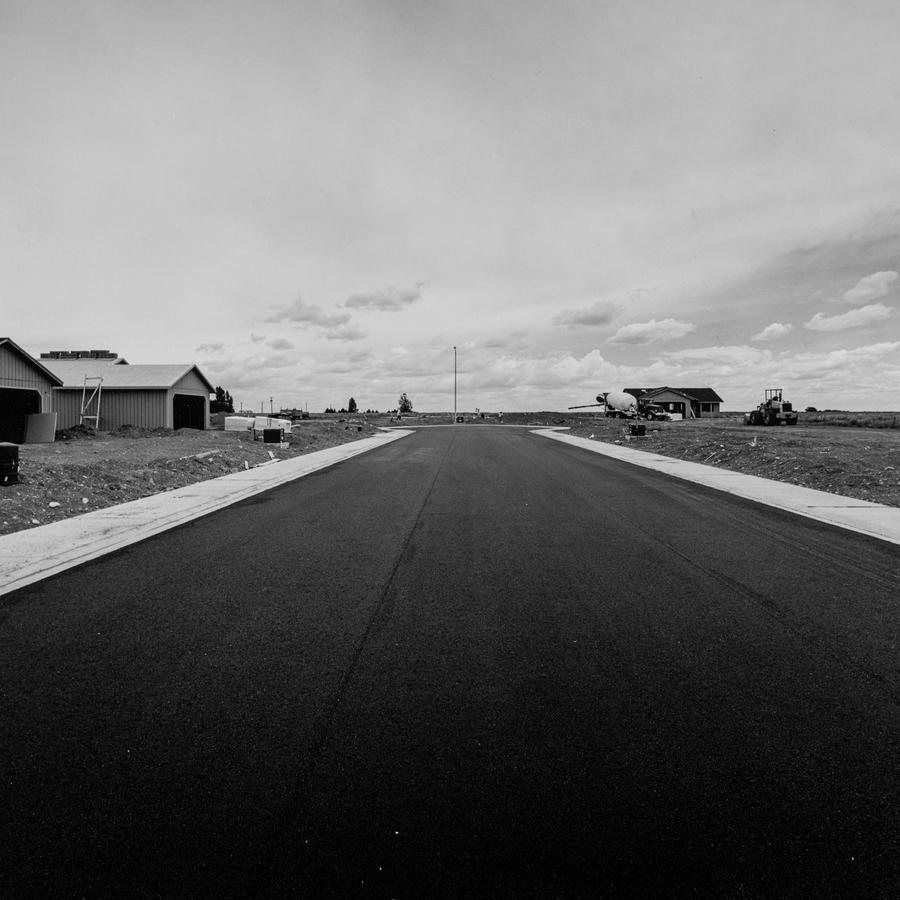
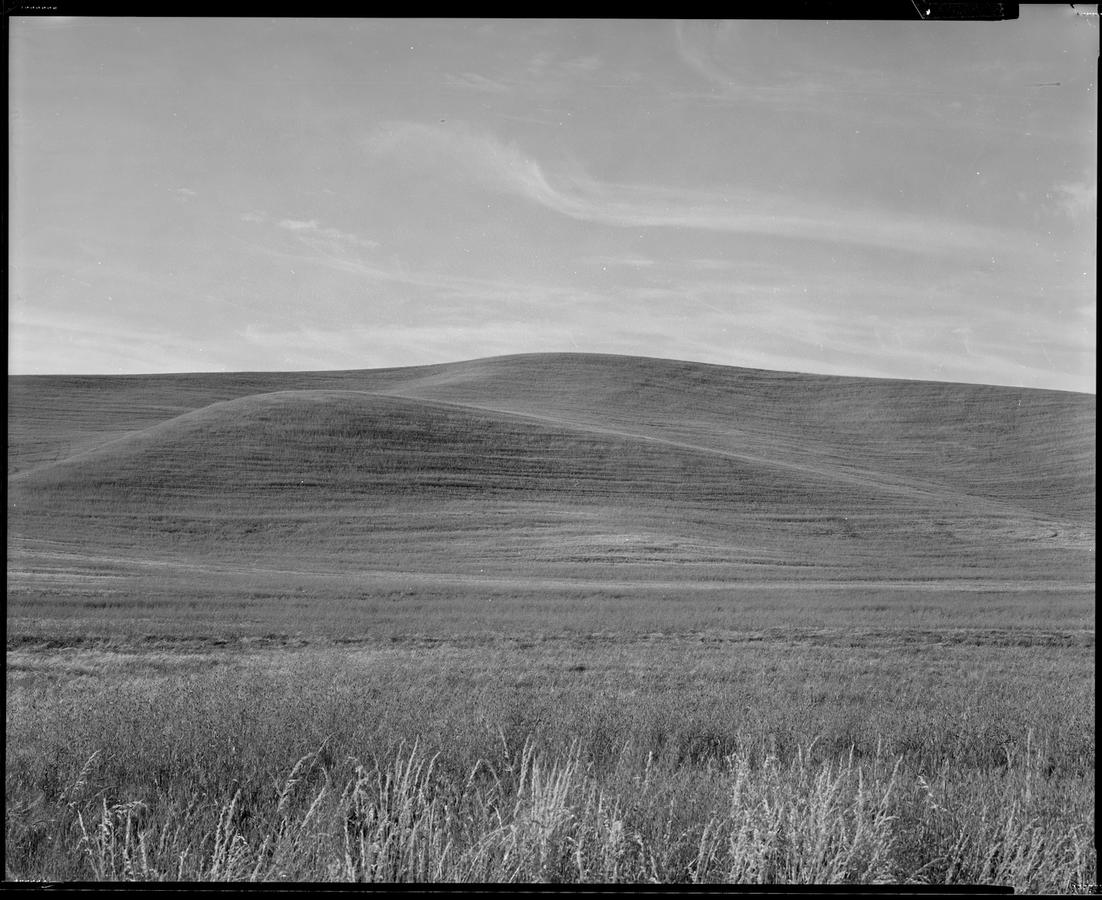
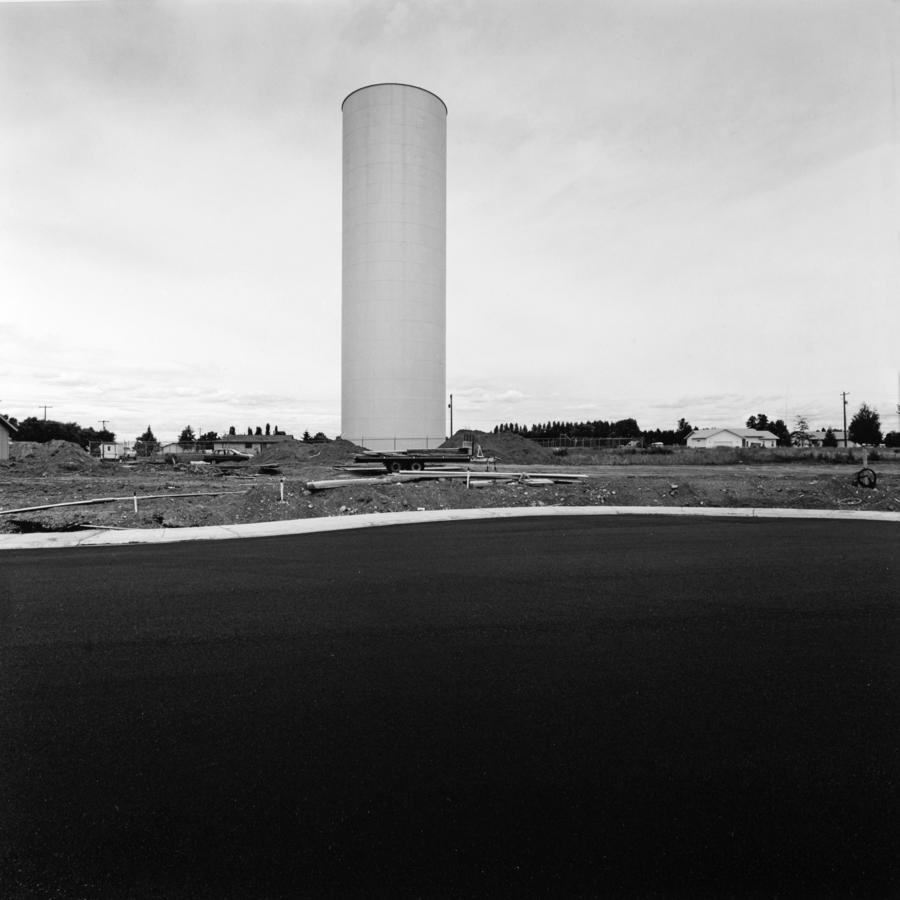
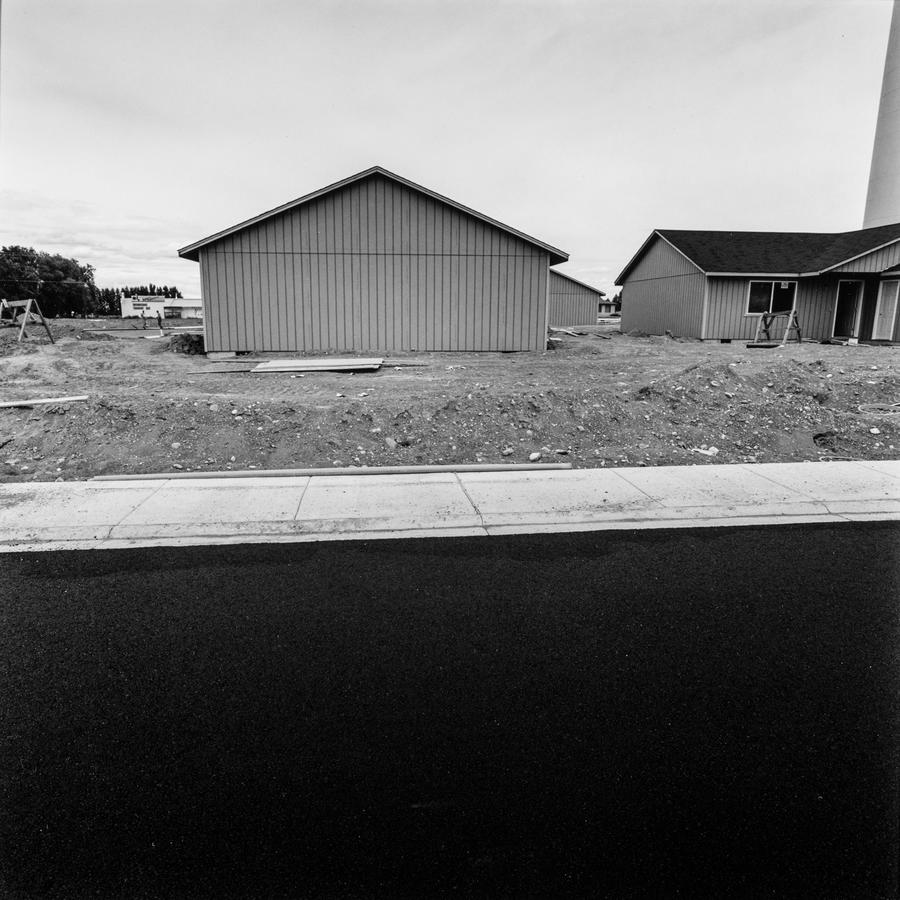
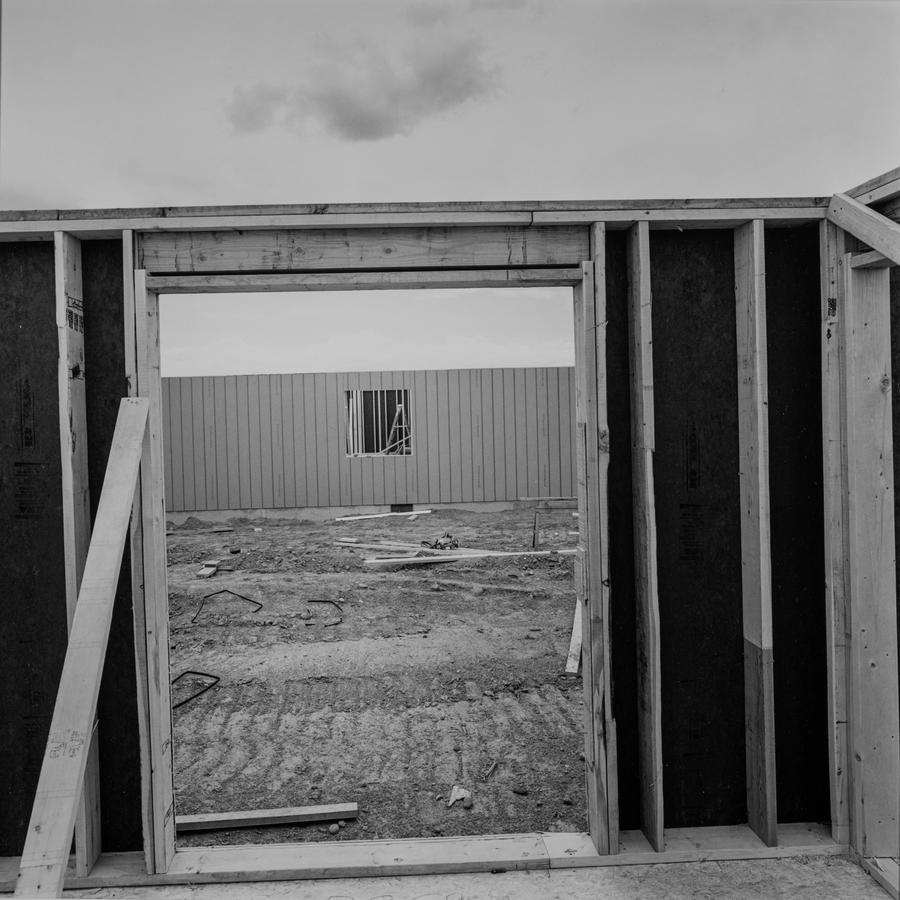
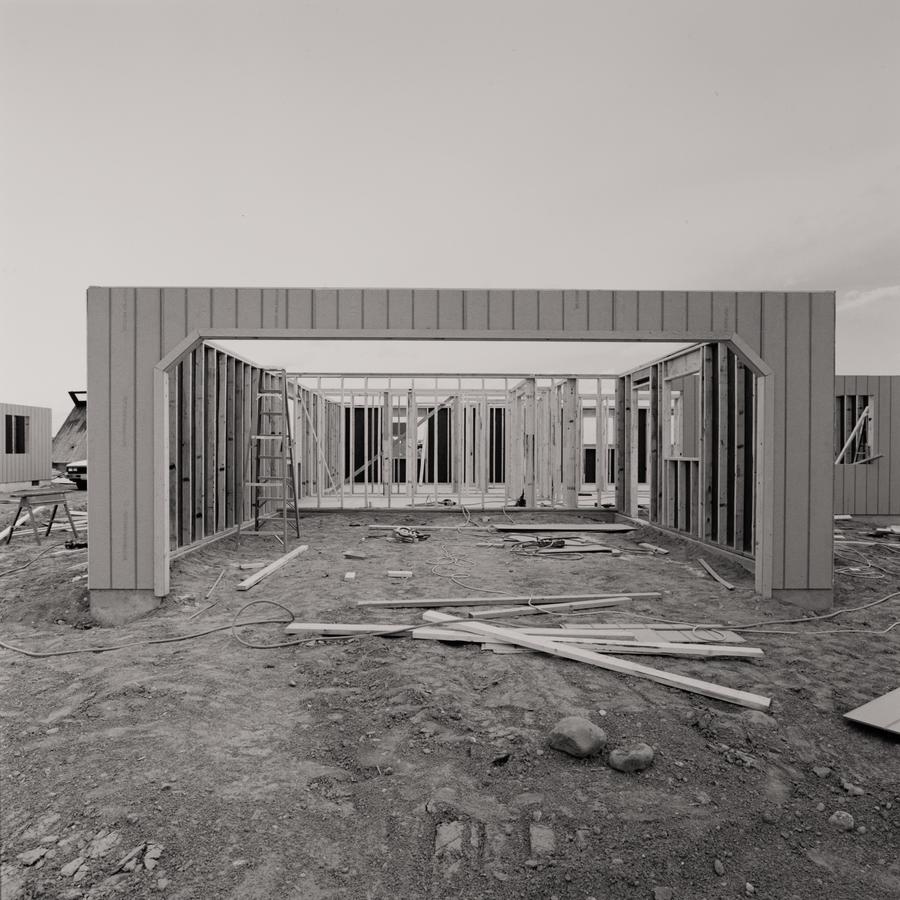
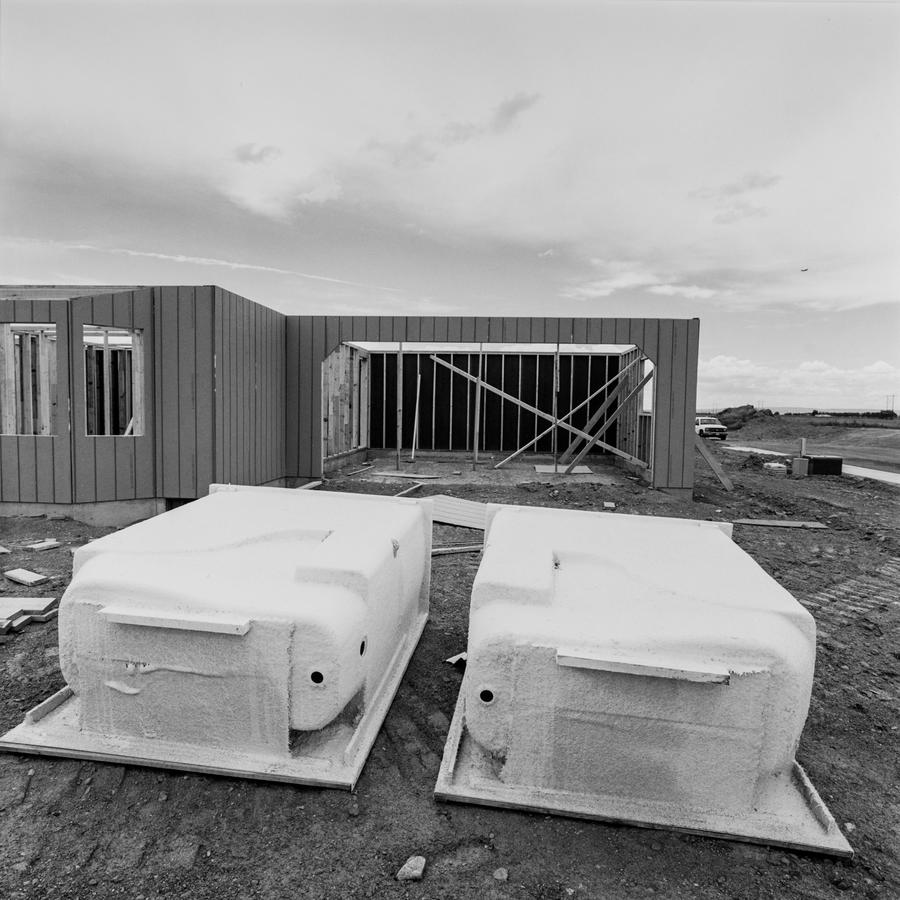
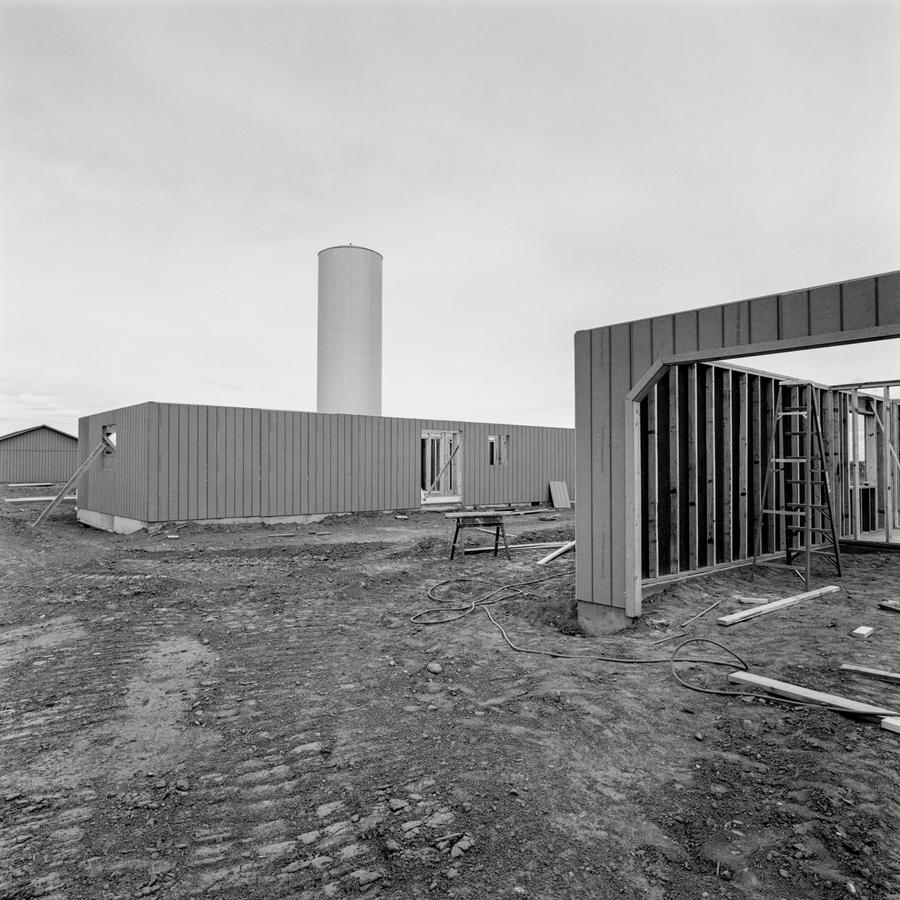
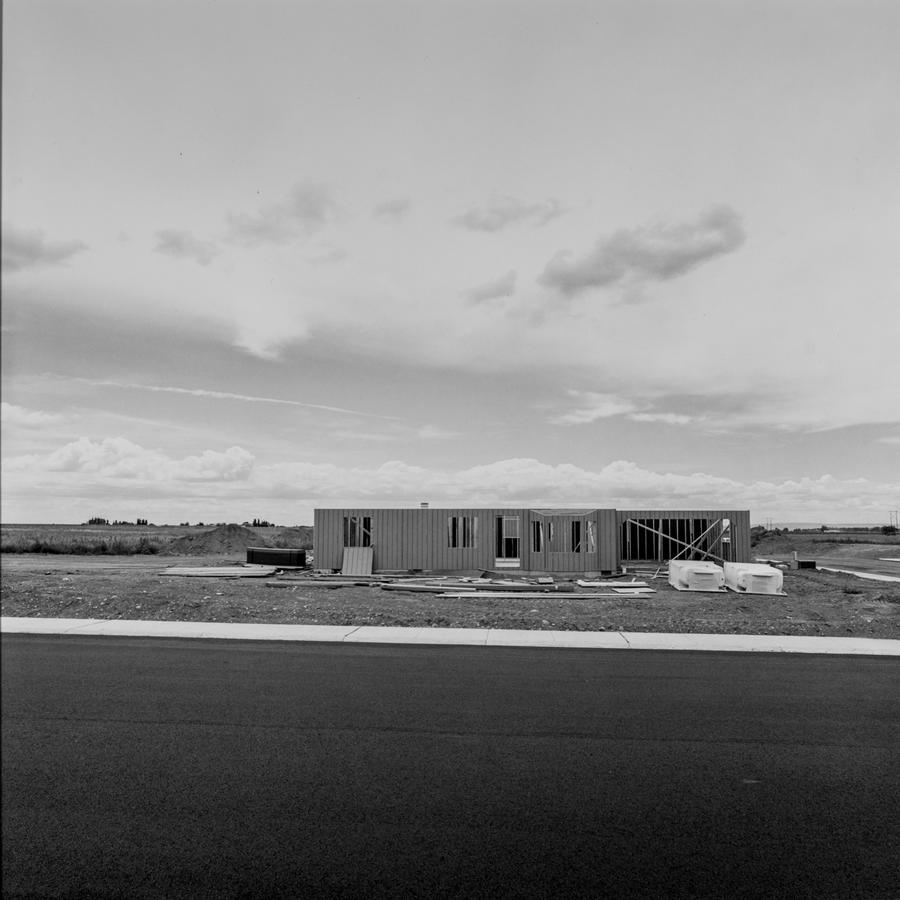
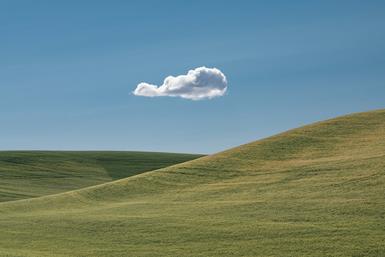
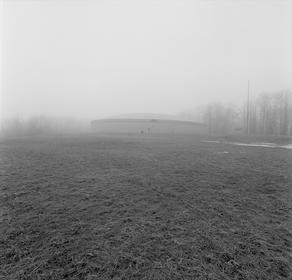
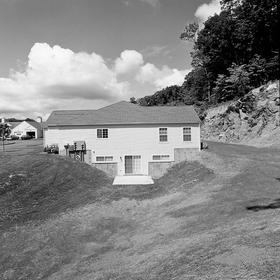
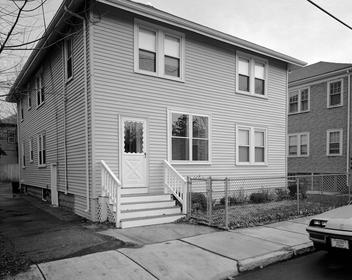
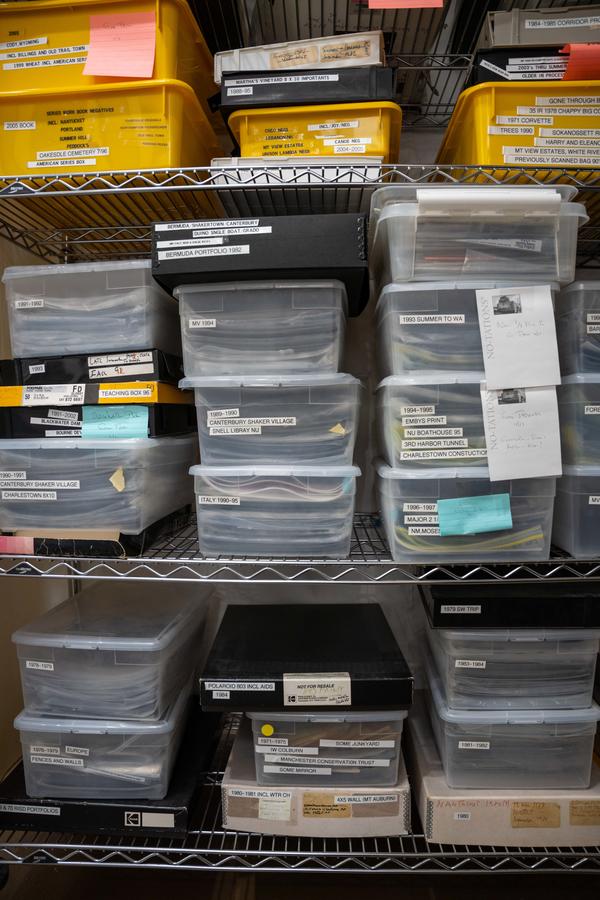

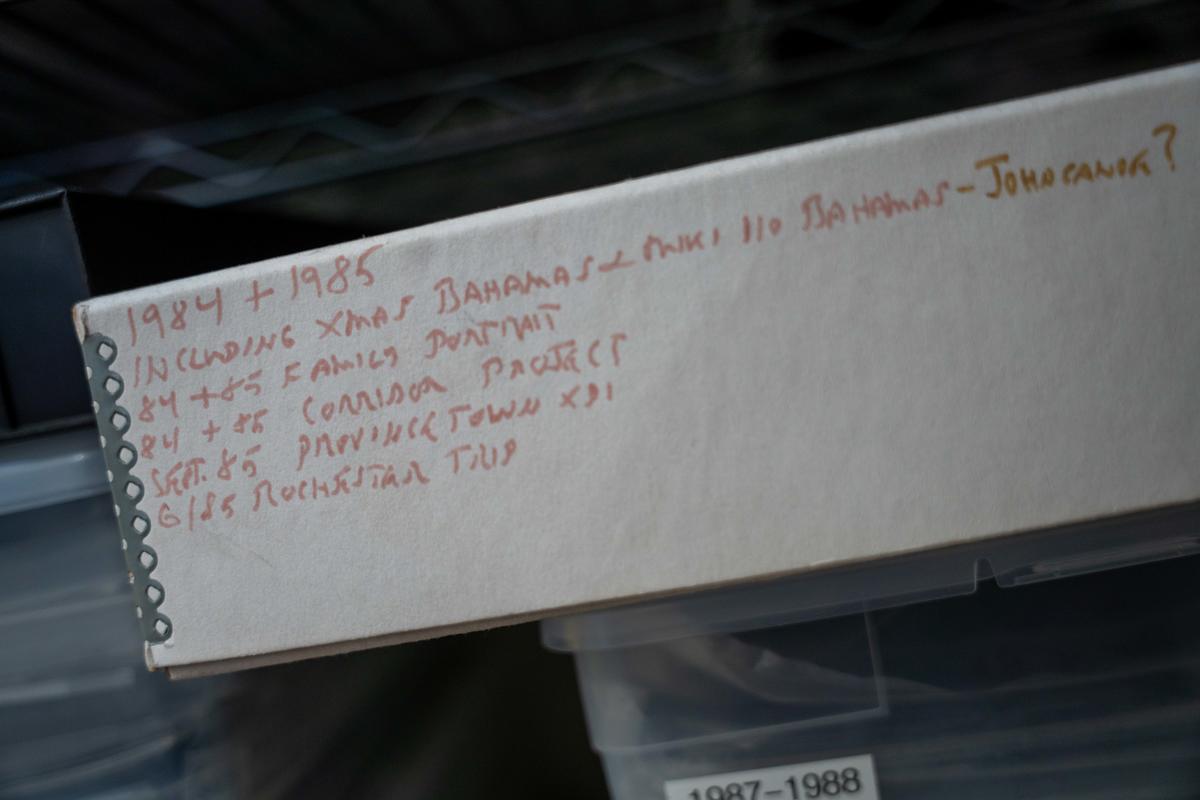
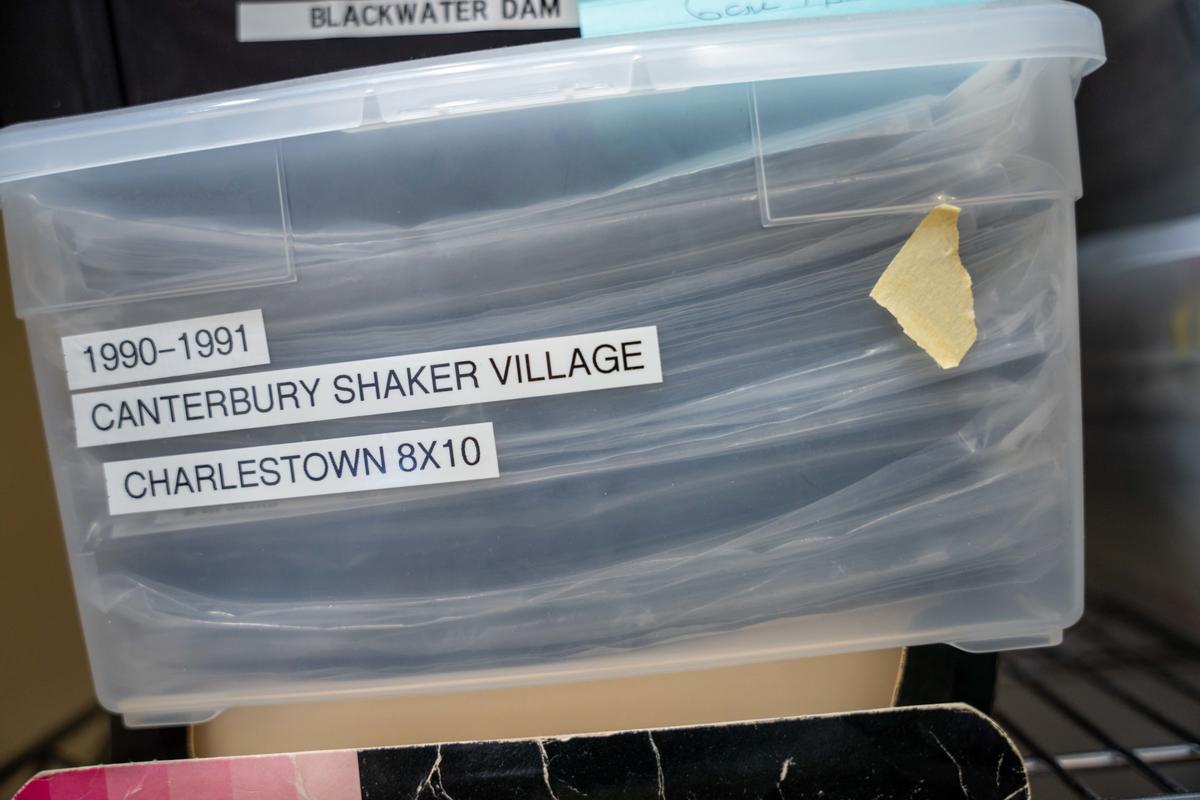
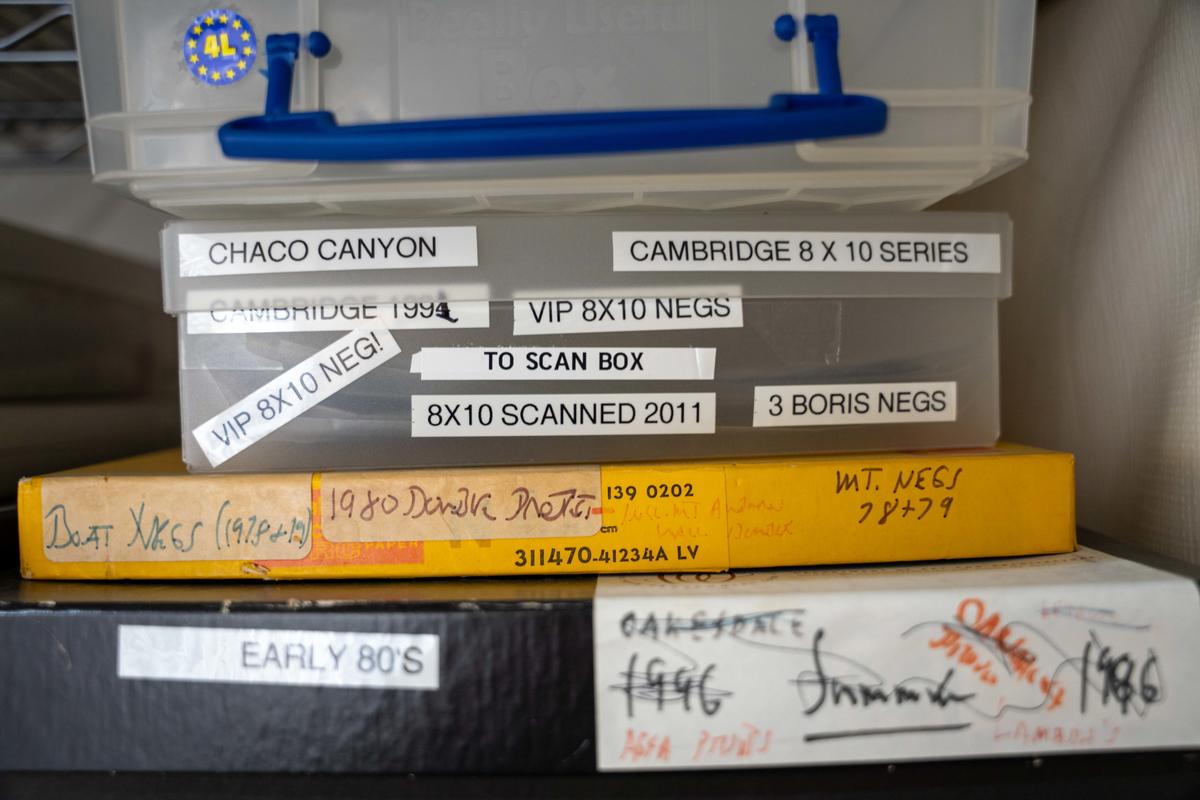
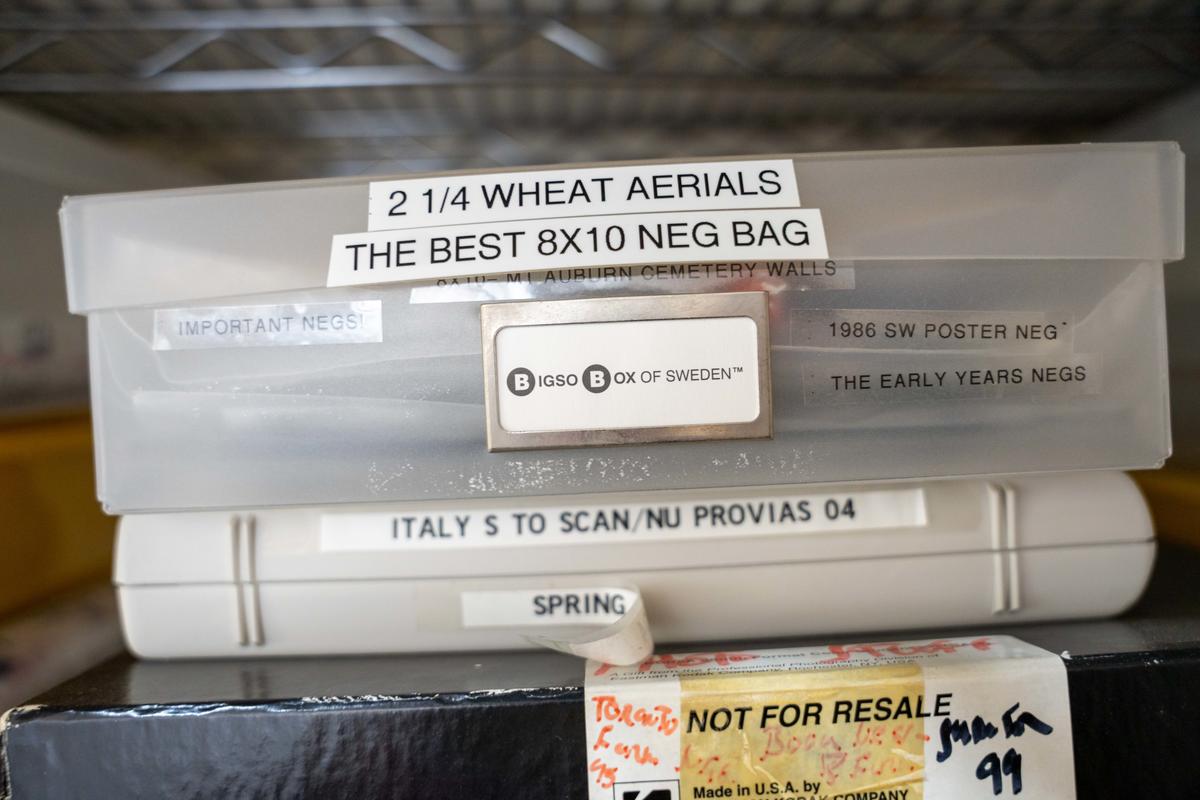
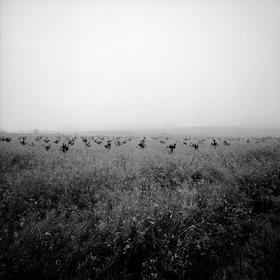
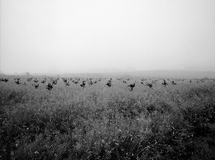






 Adler's Antique Auto, Stephentown, NY
Adler's Antique Auto, Stephentown, NY

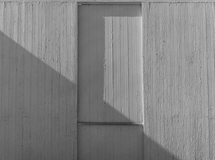
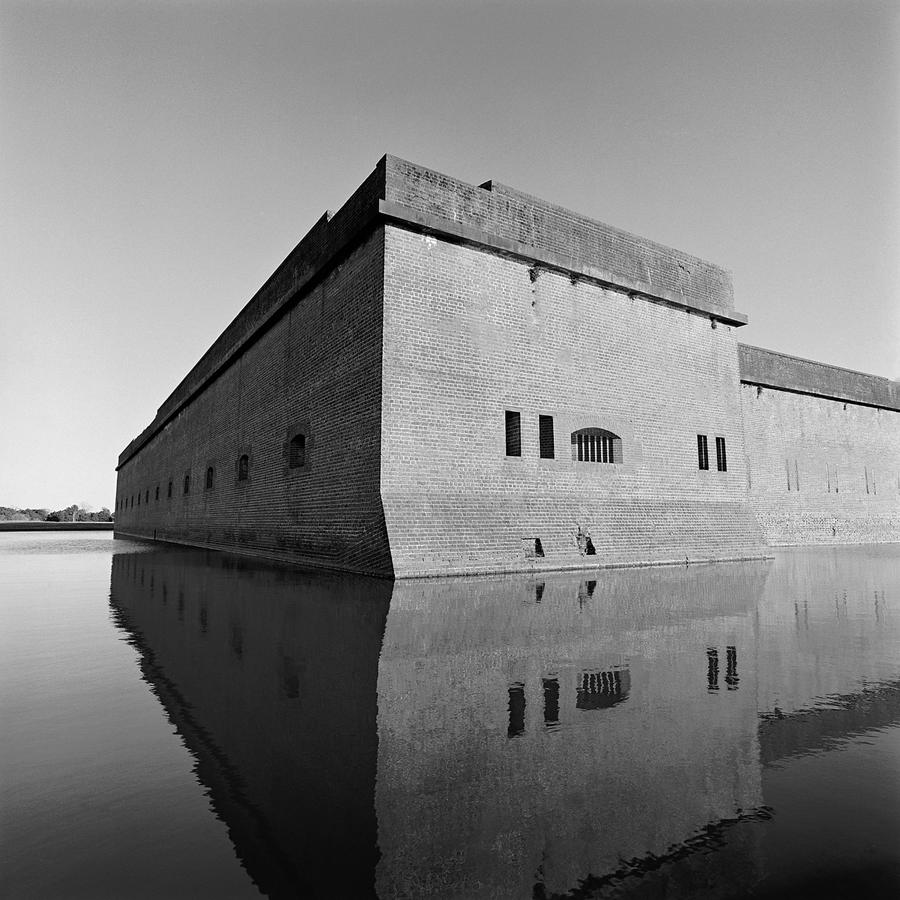
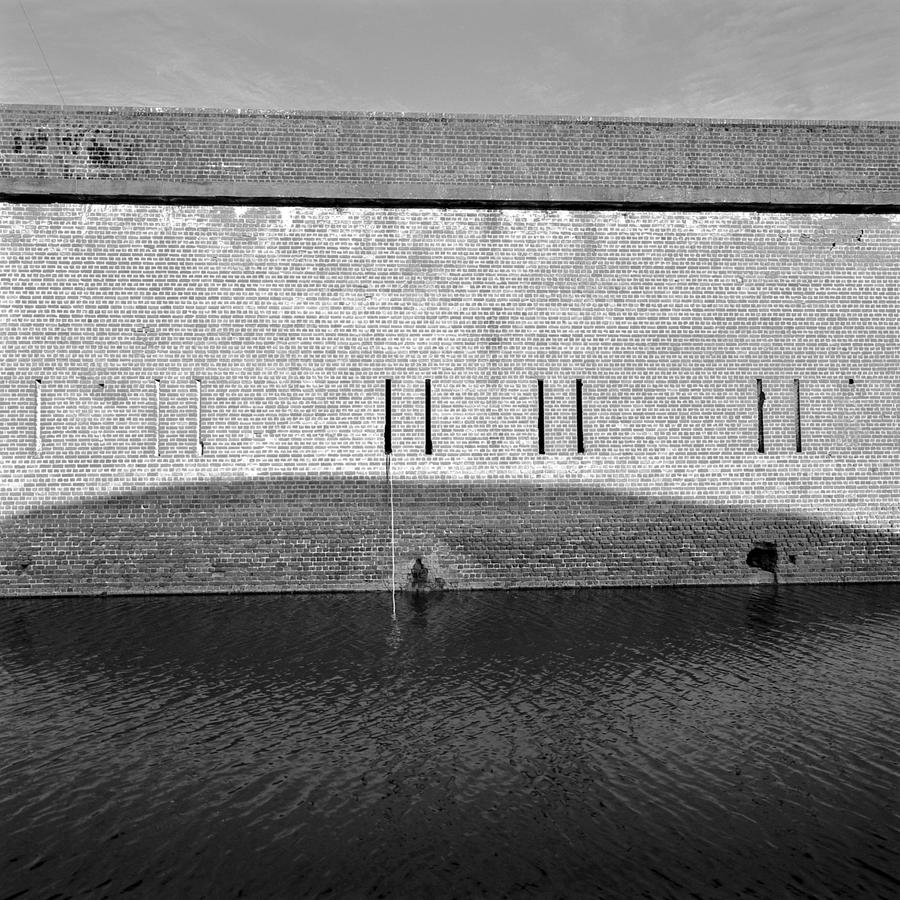
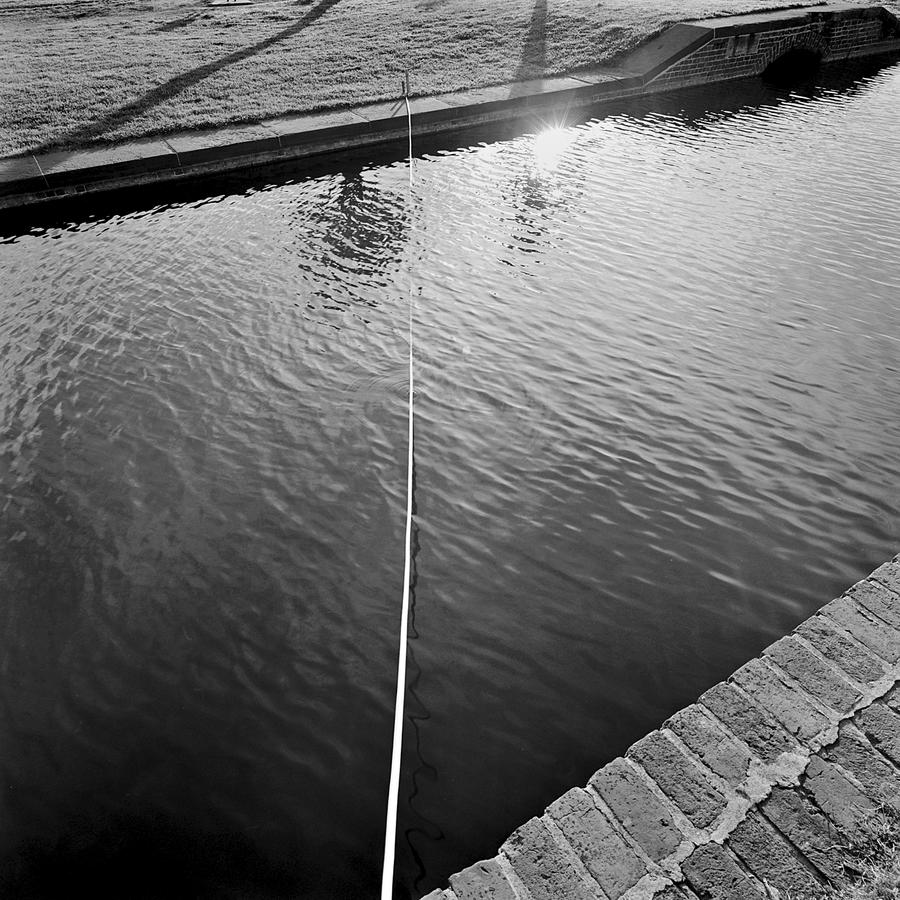

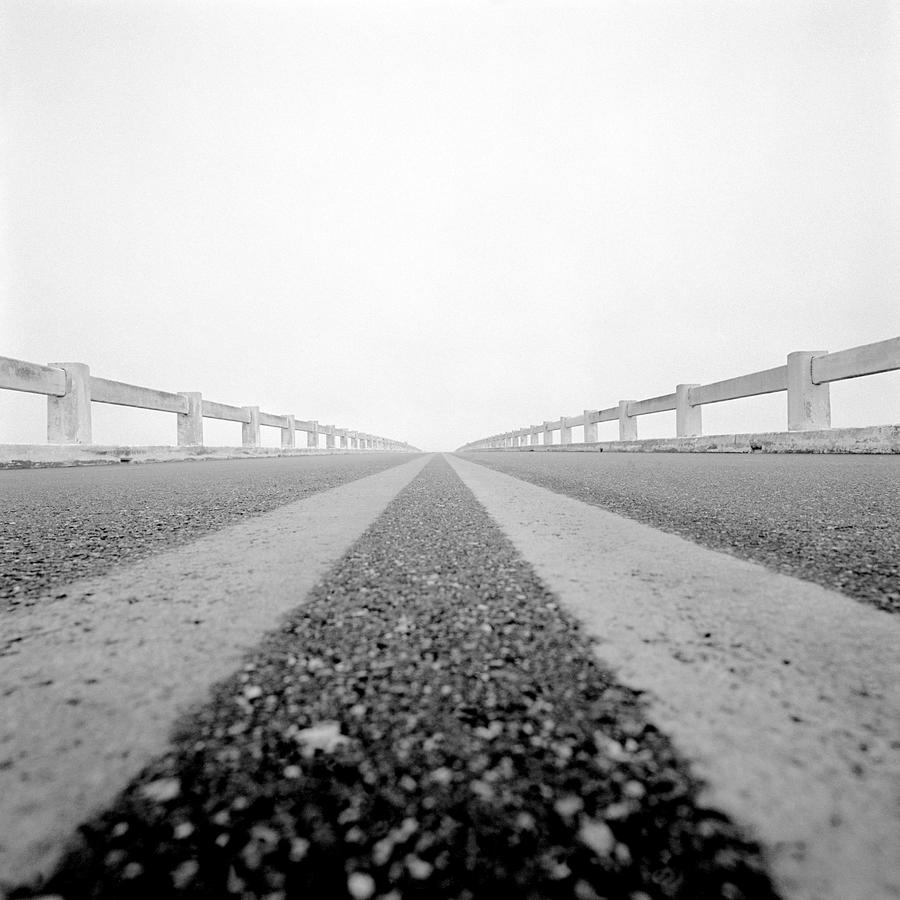 under very different light.
under very different light.